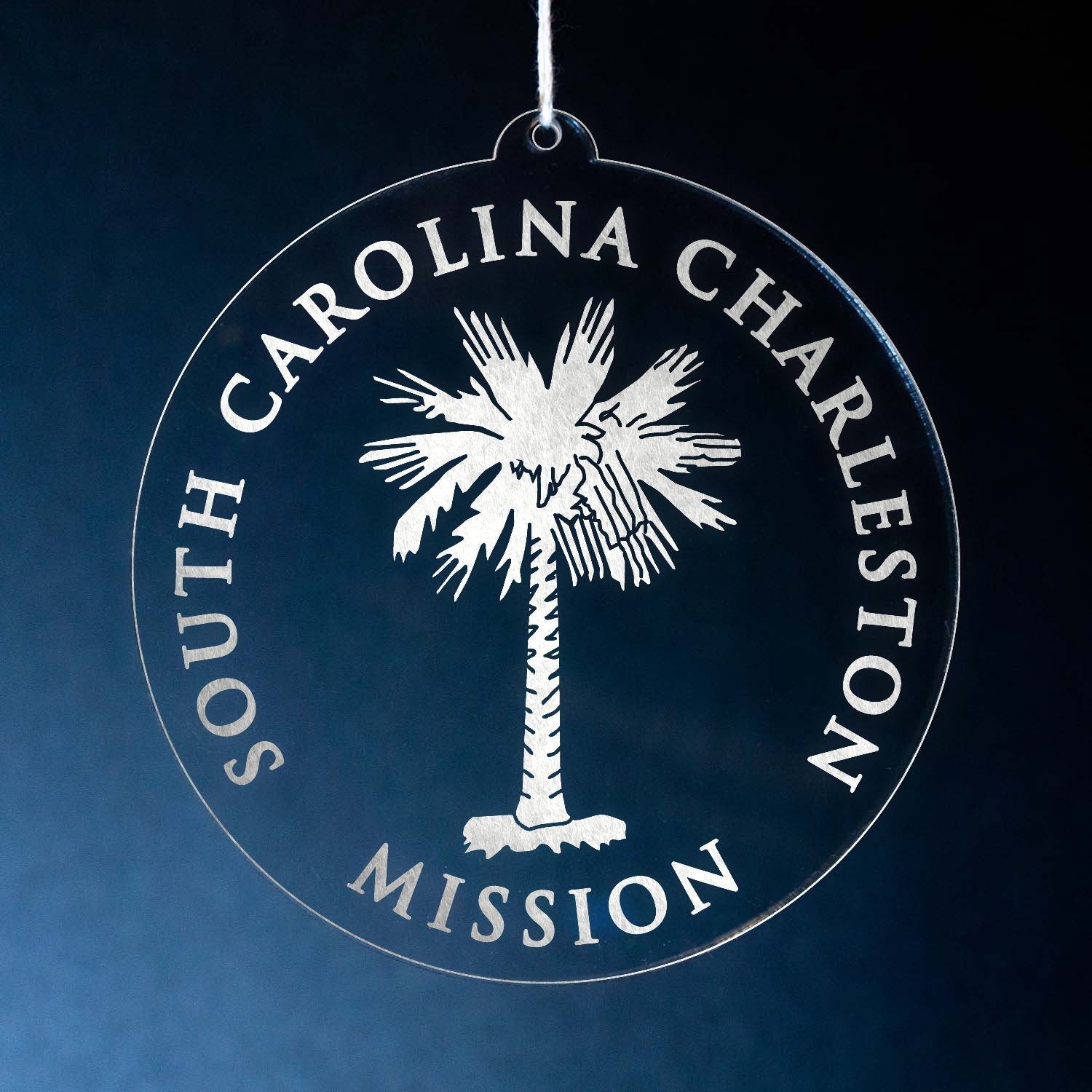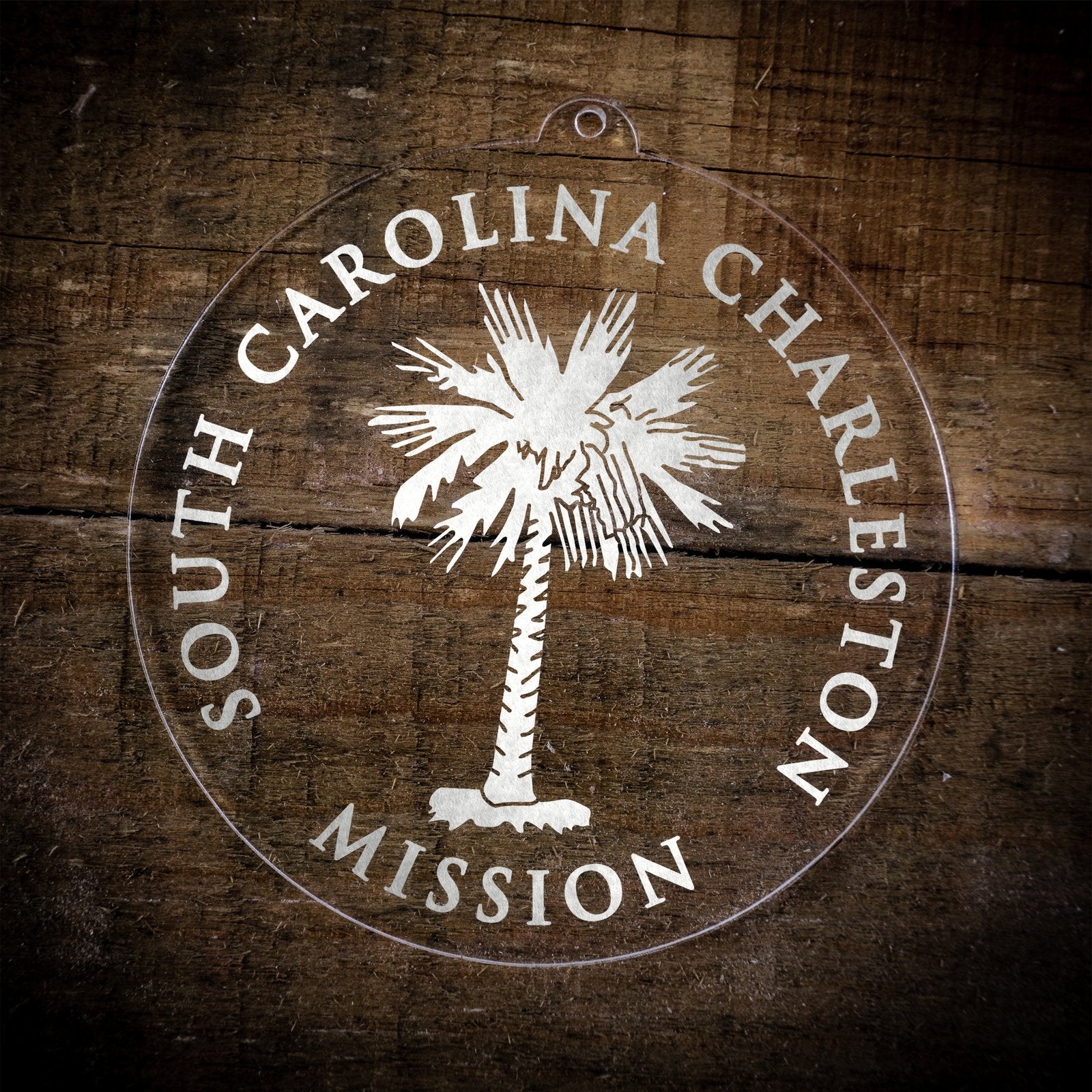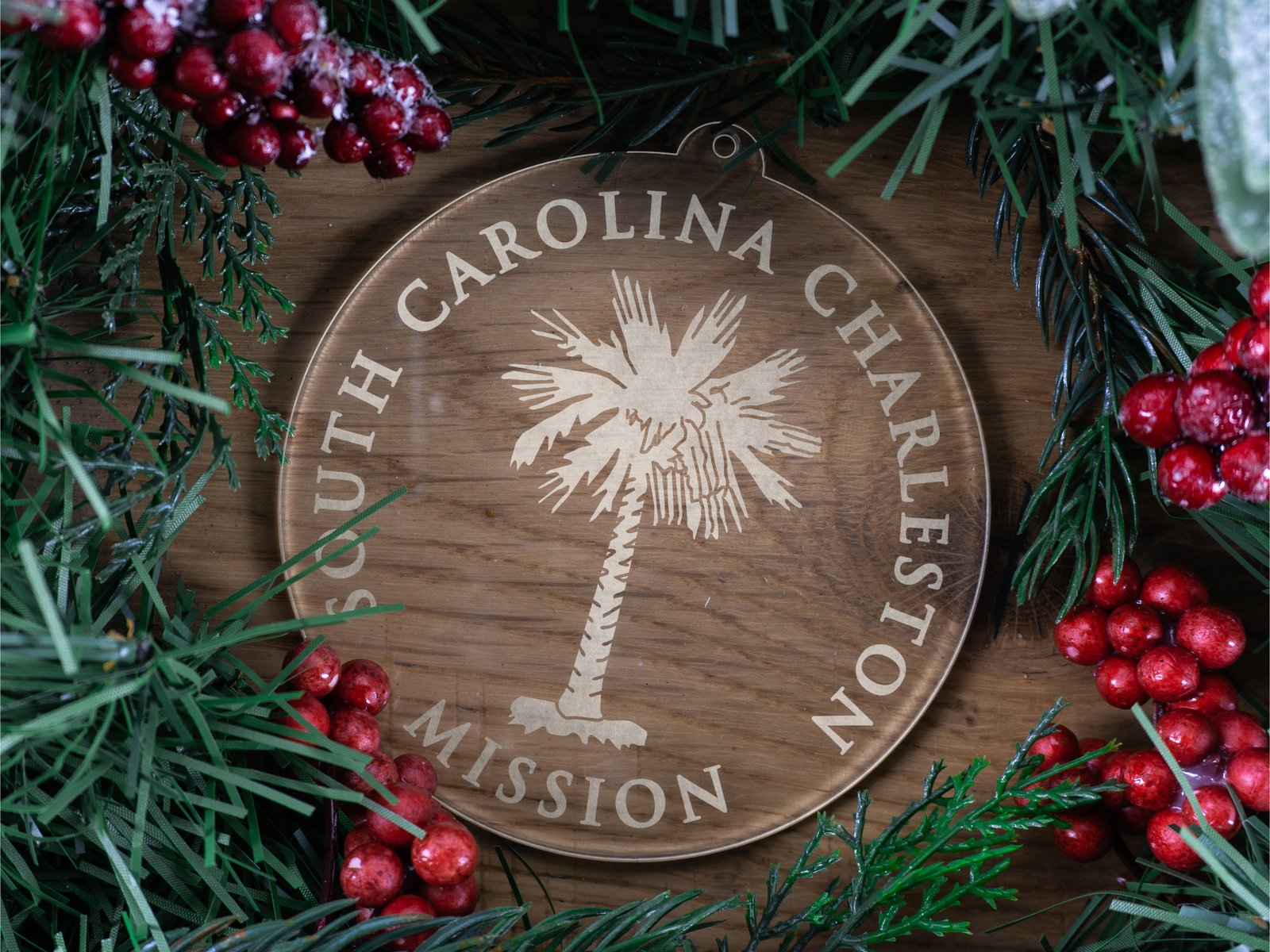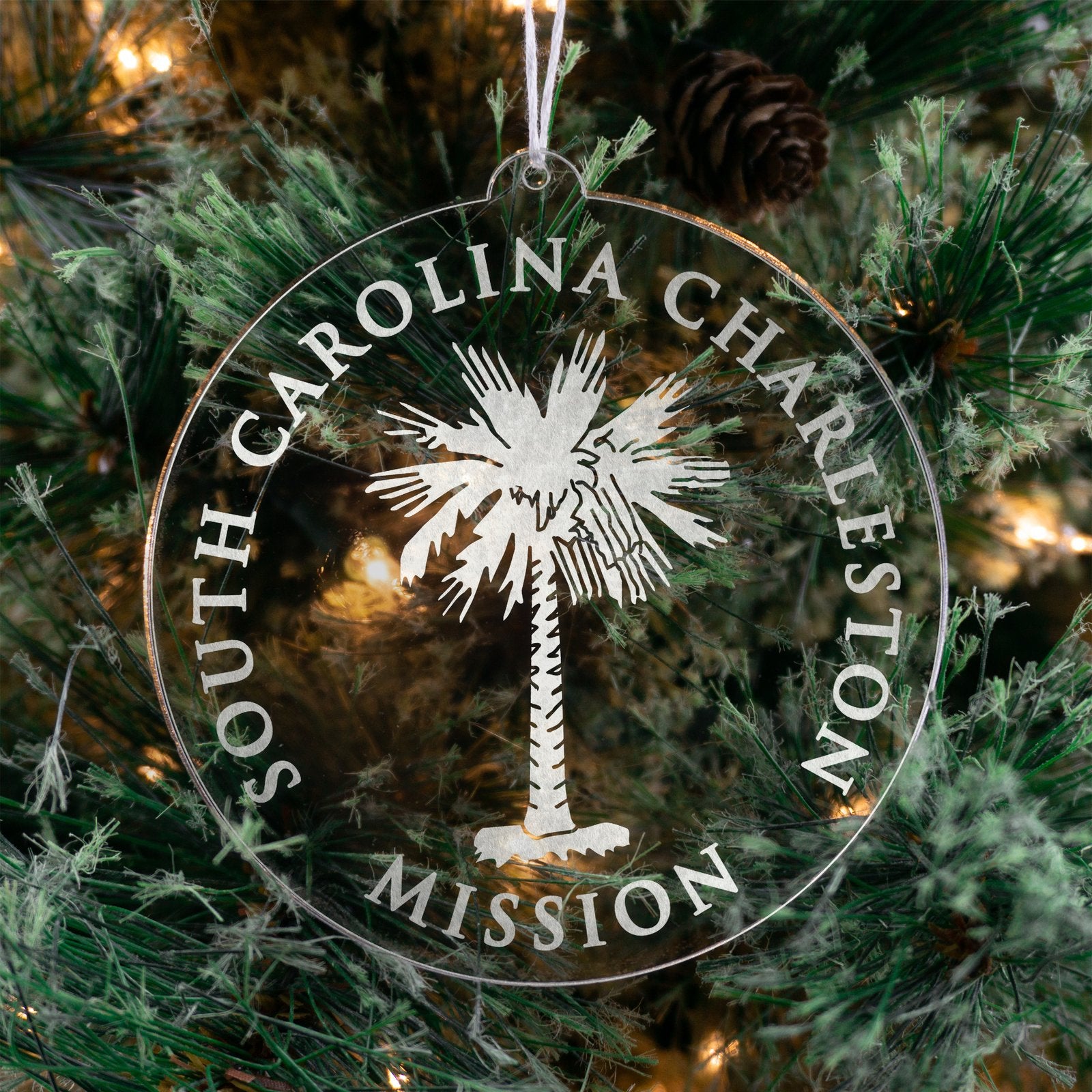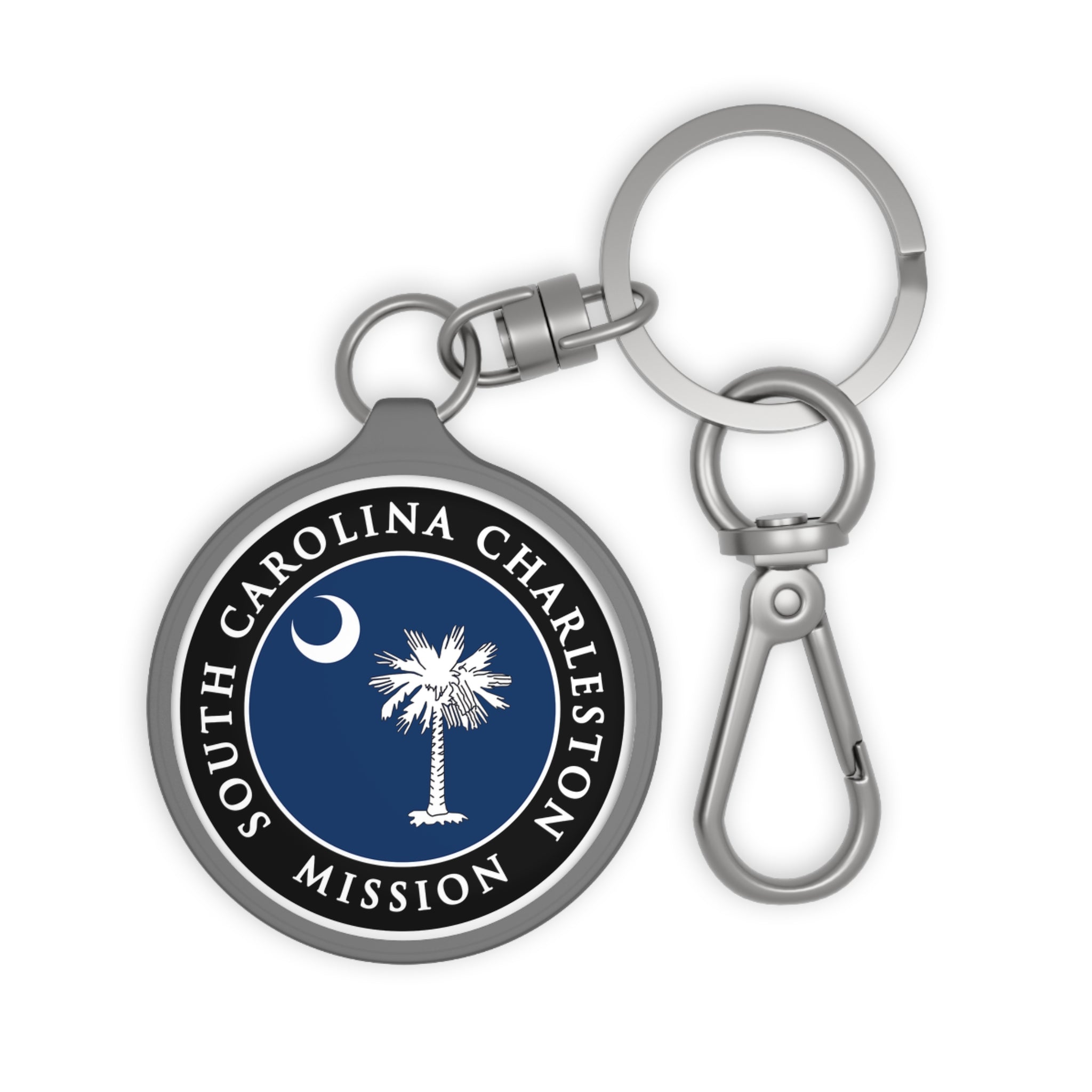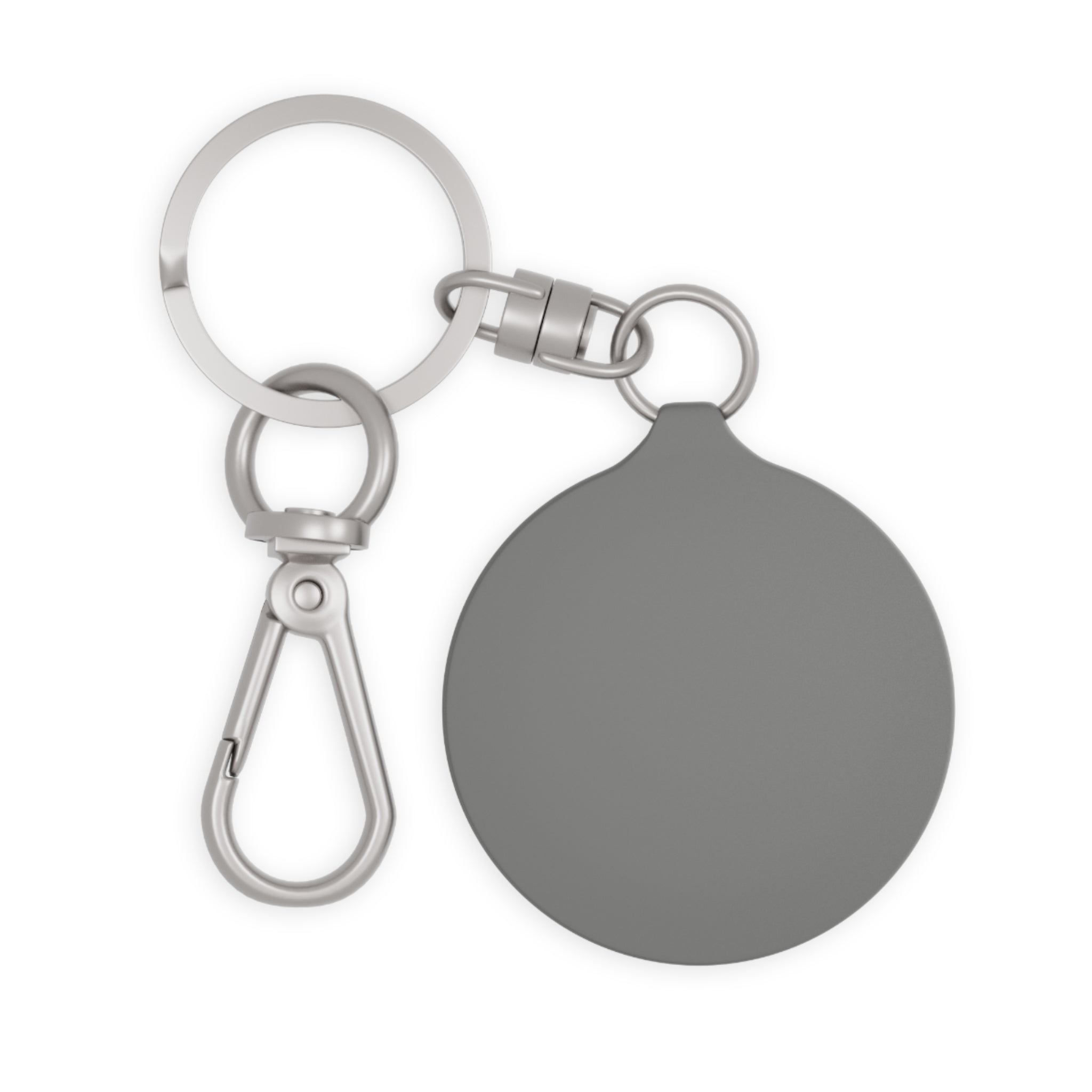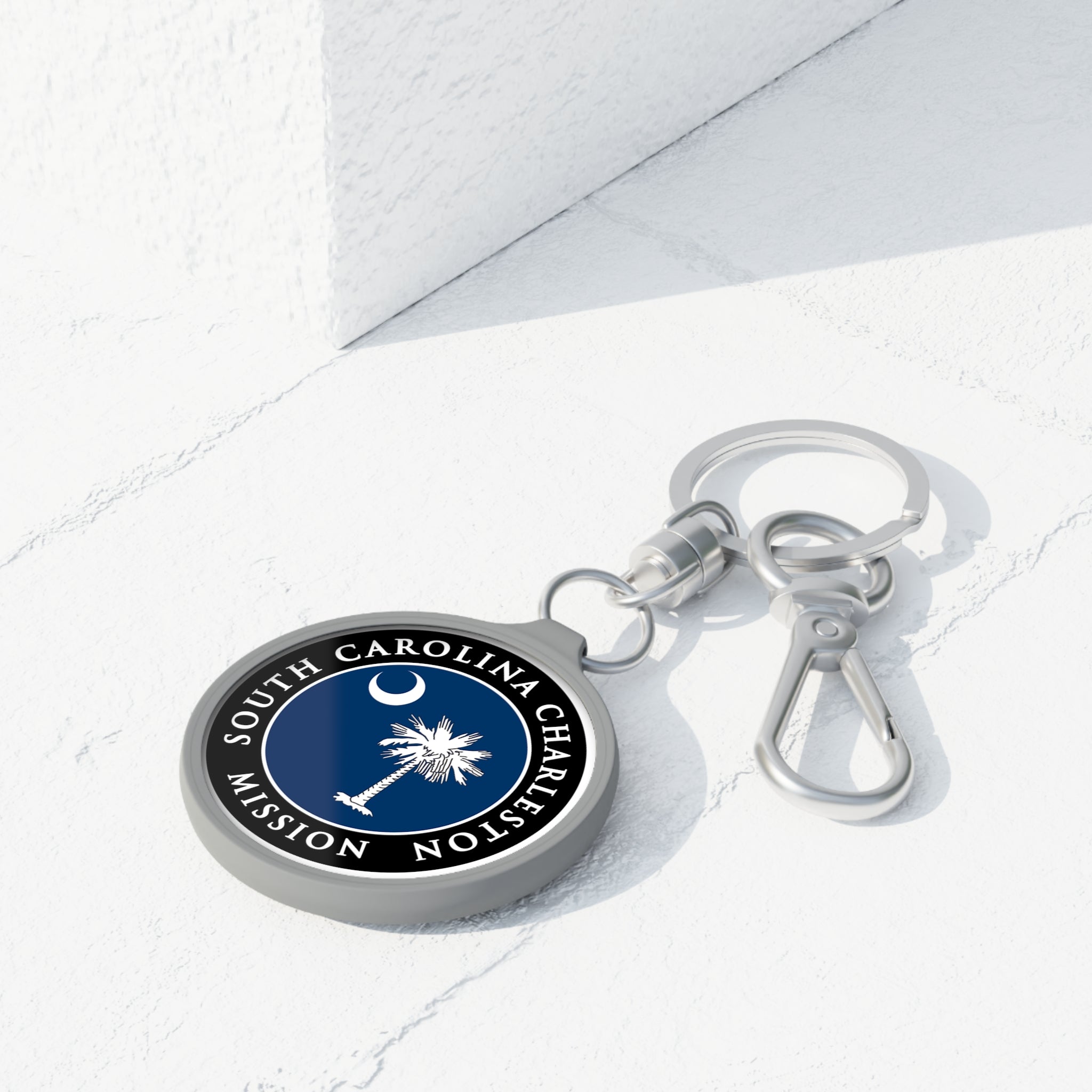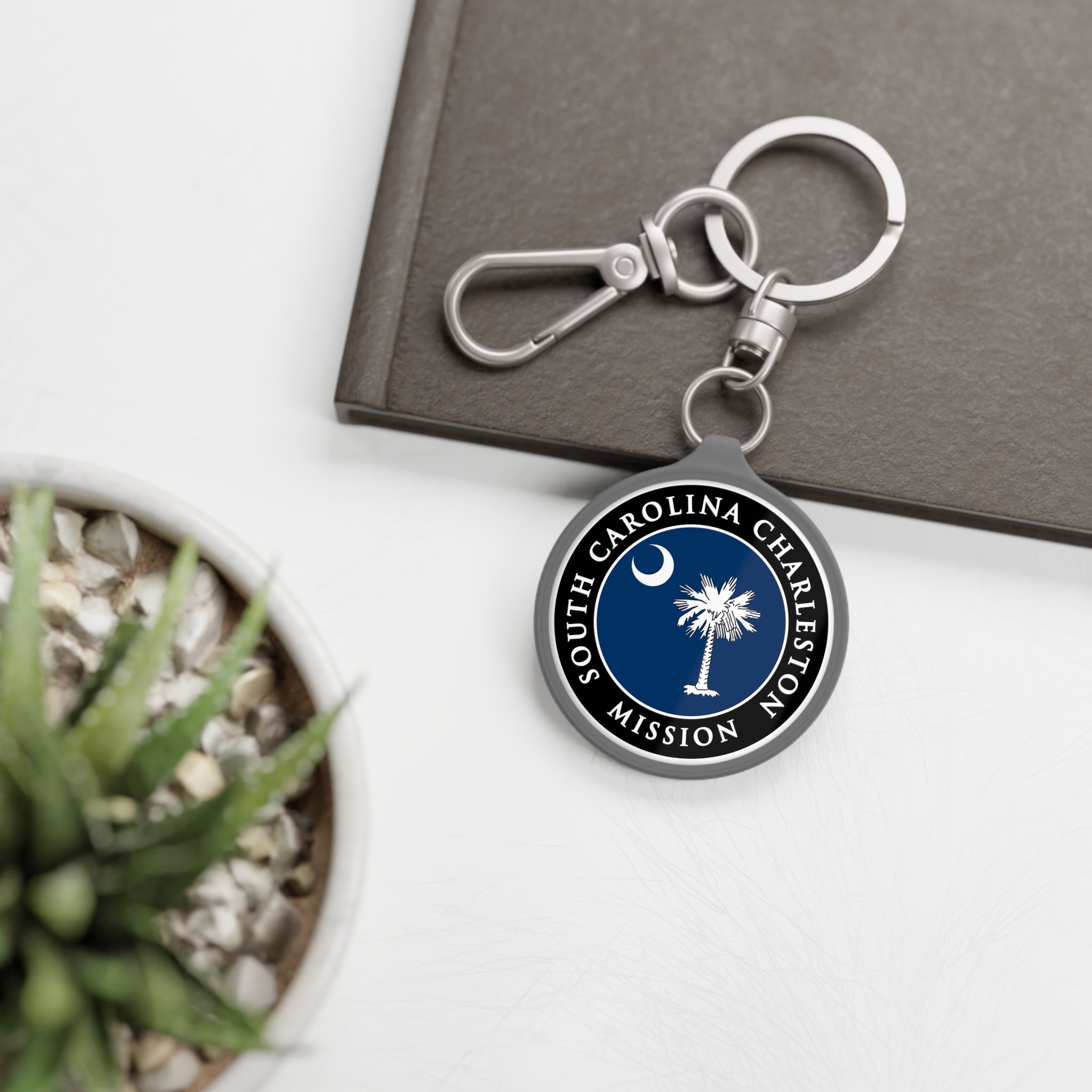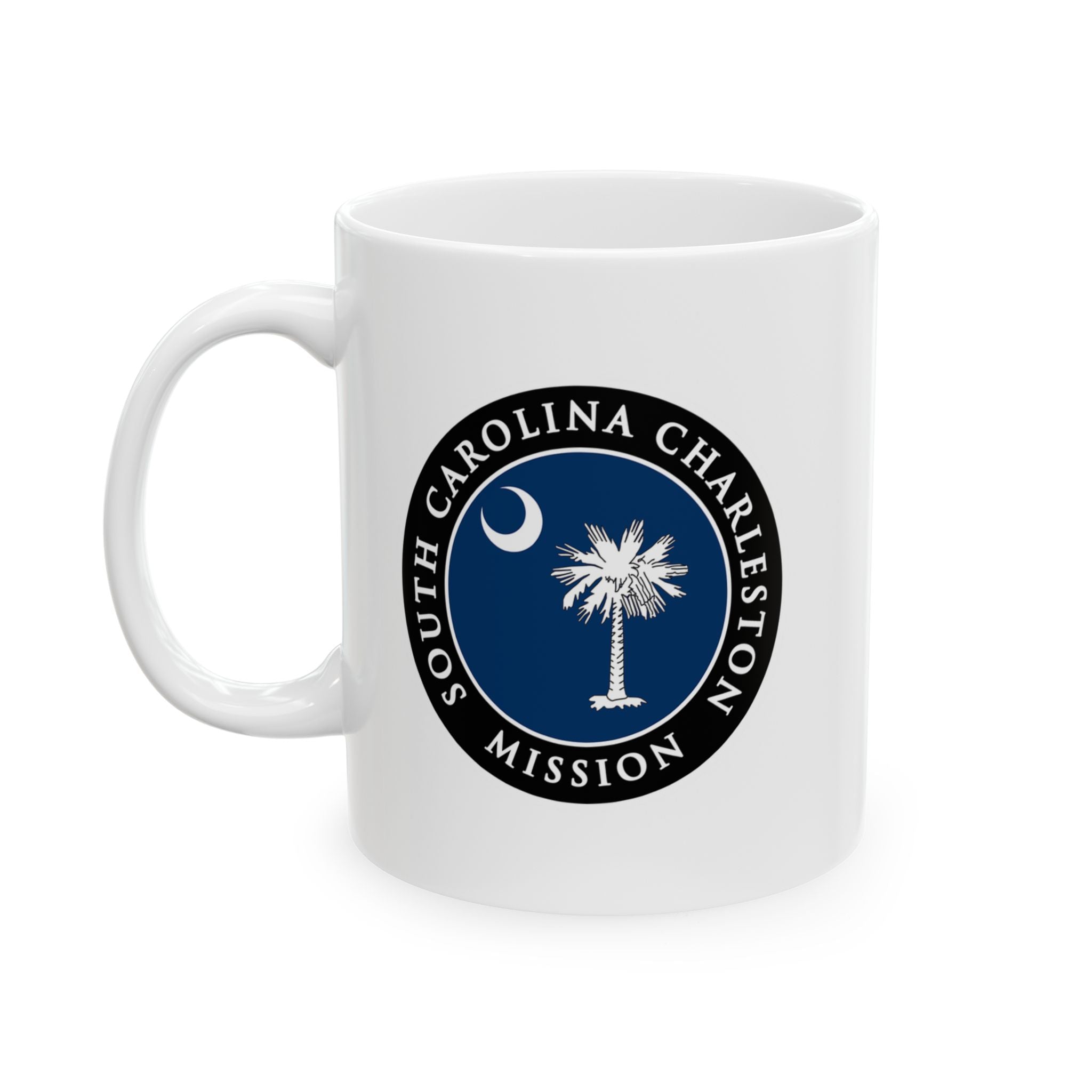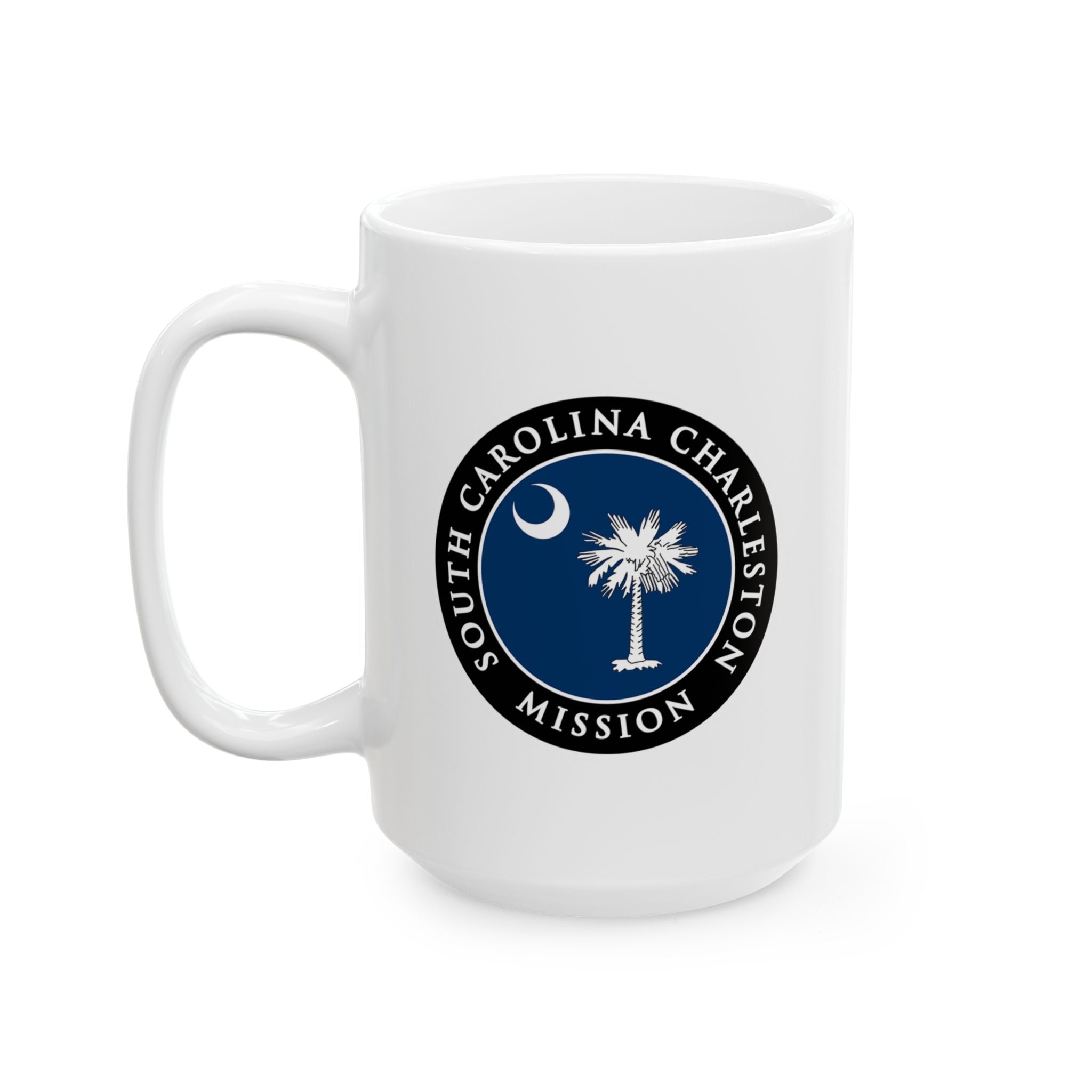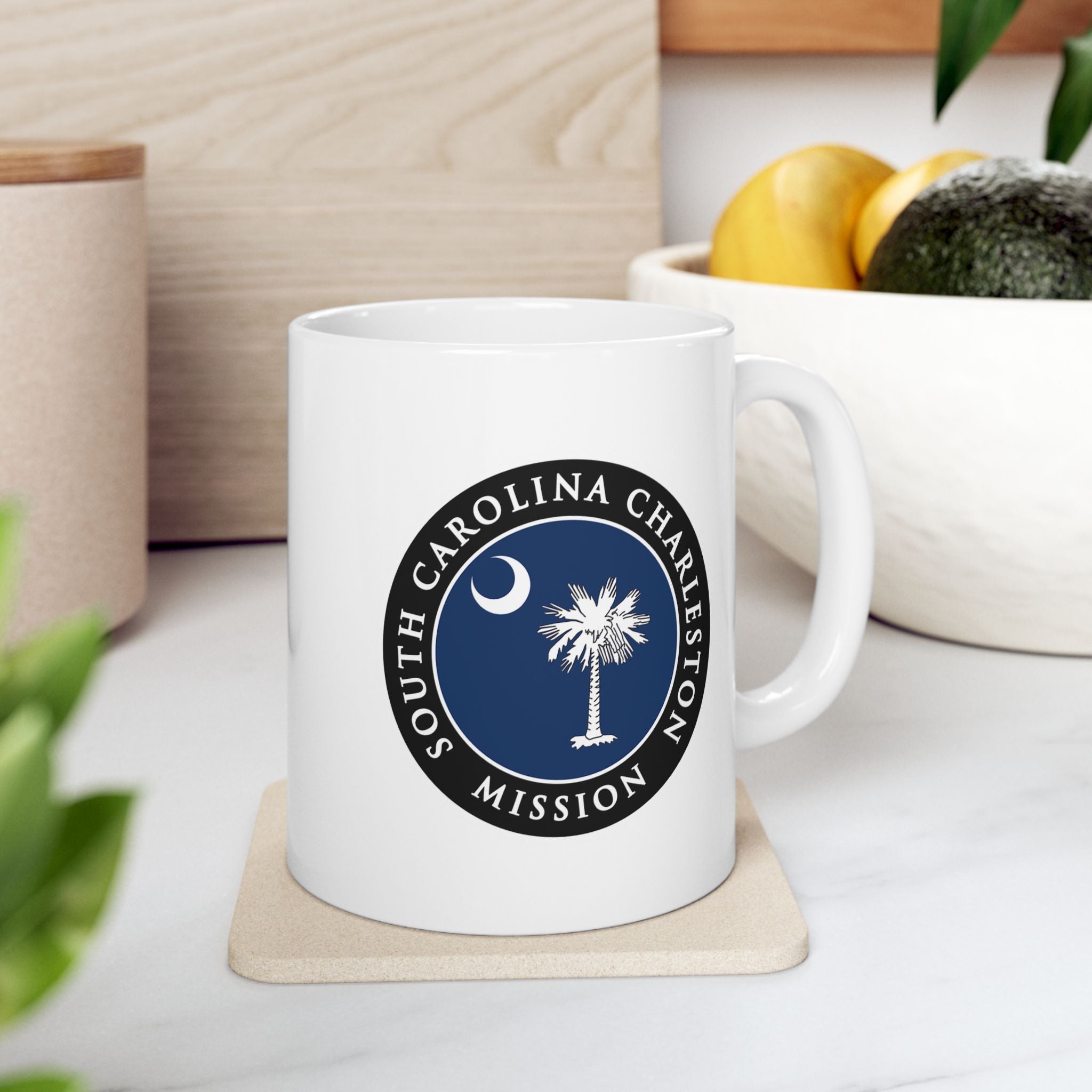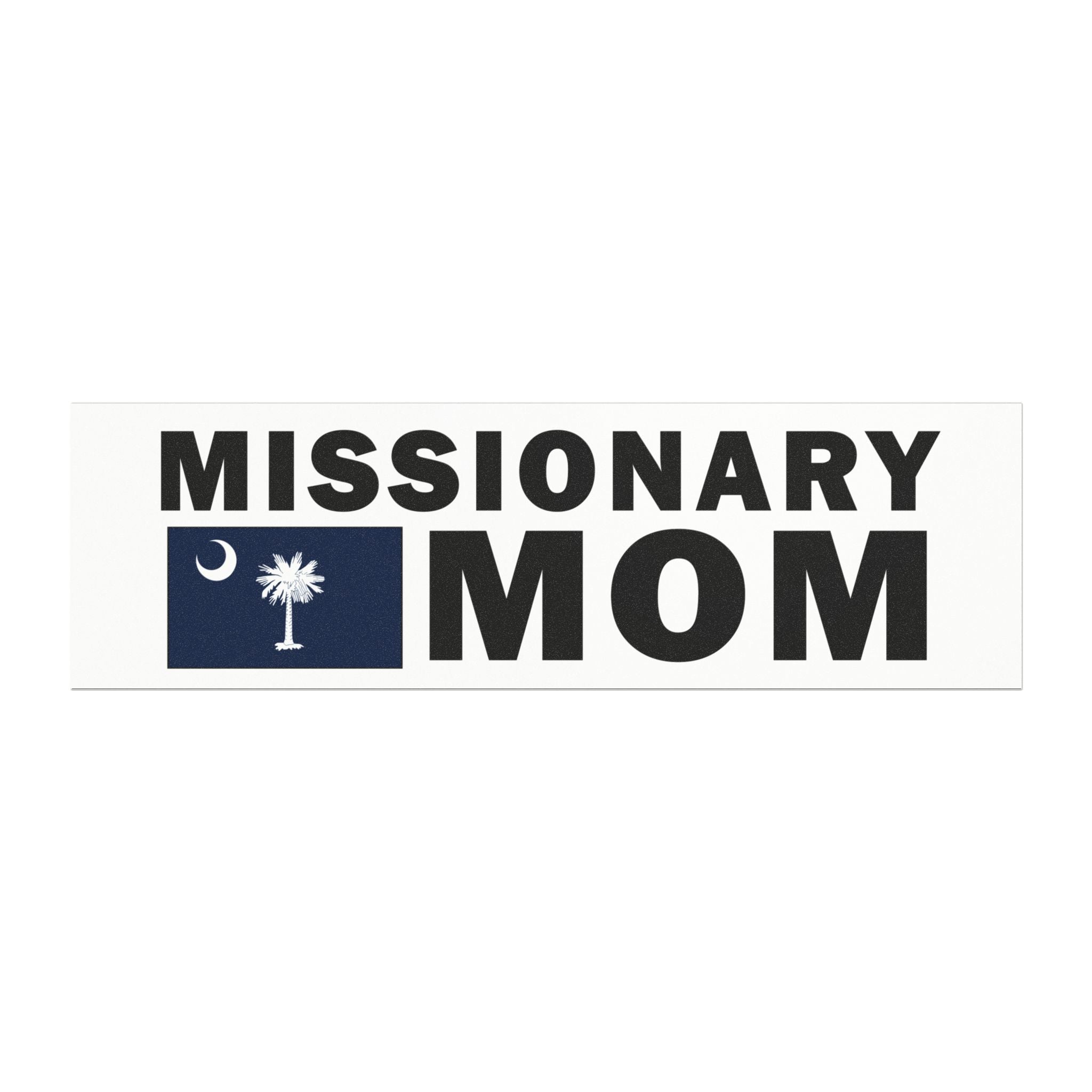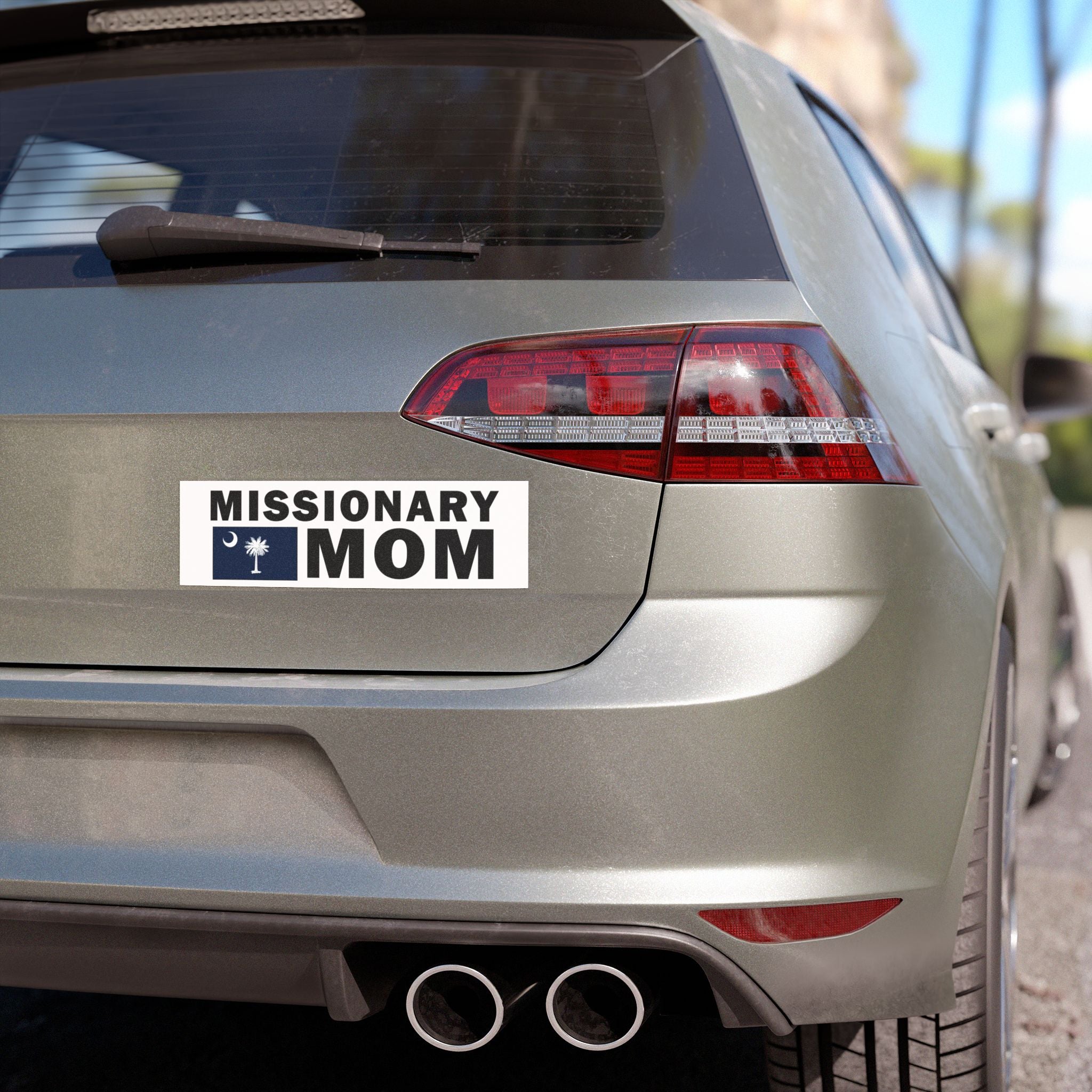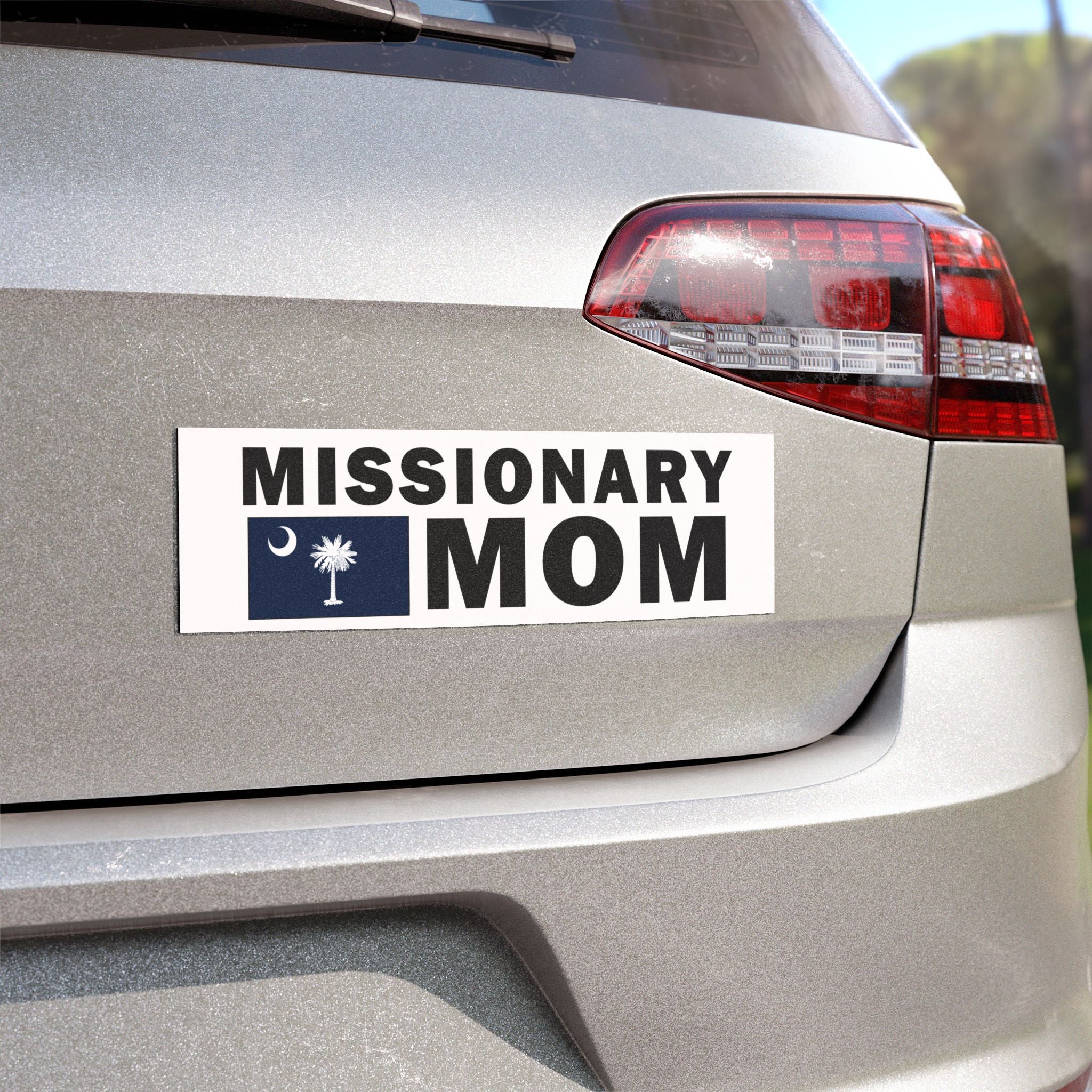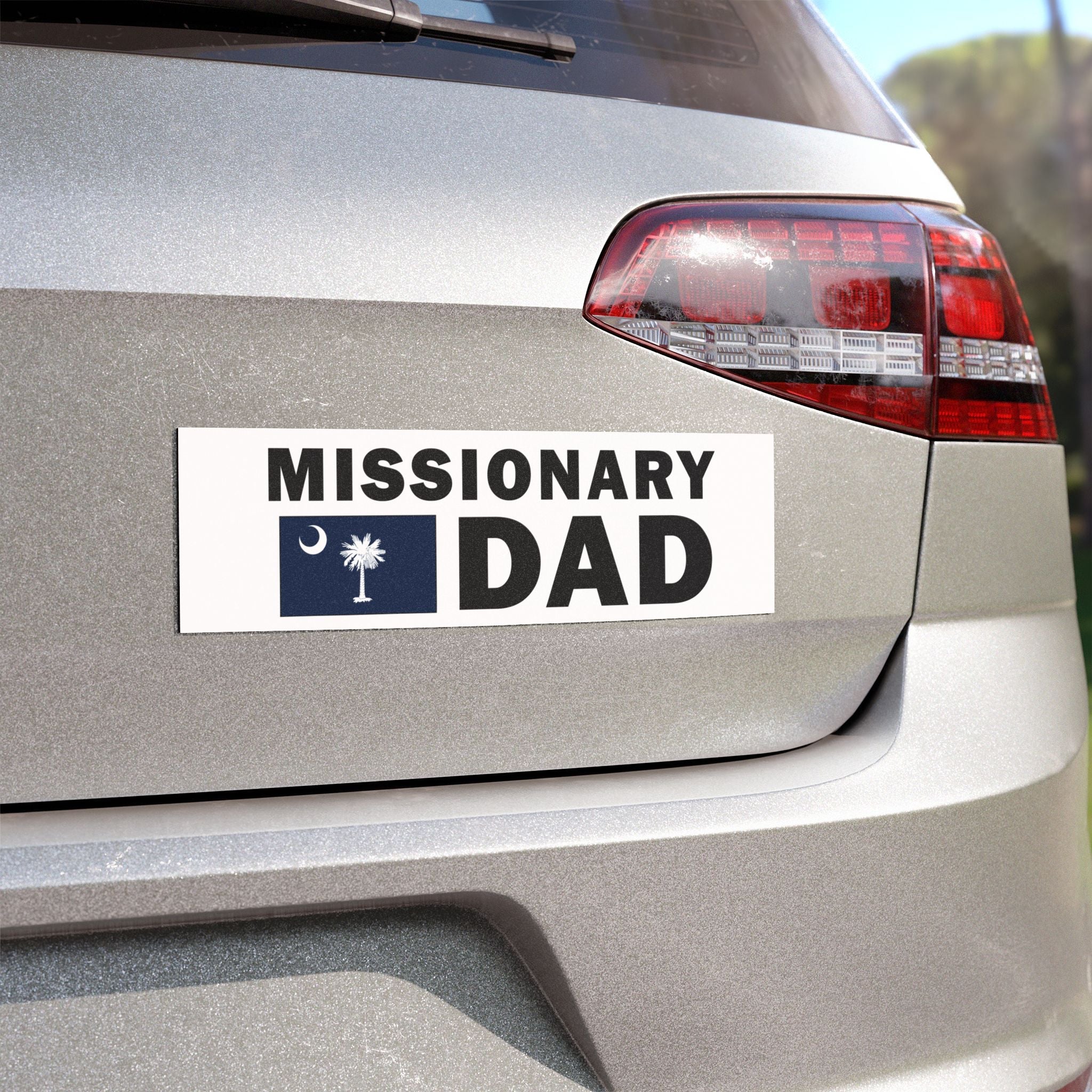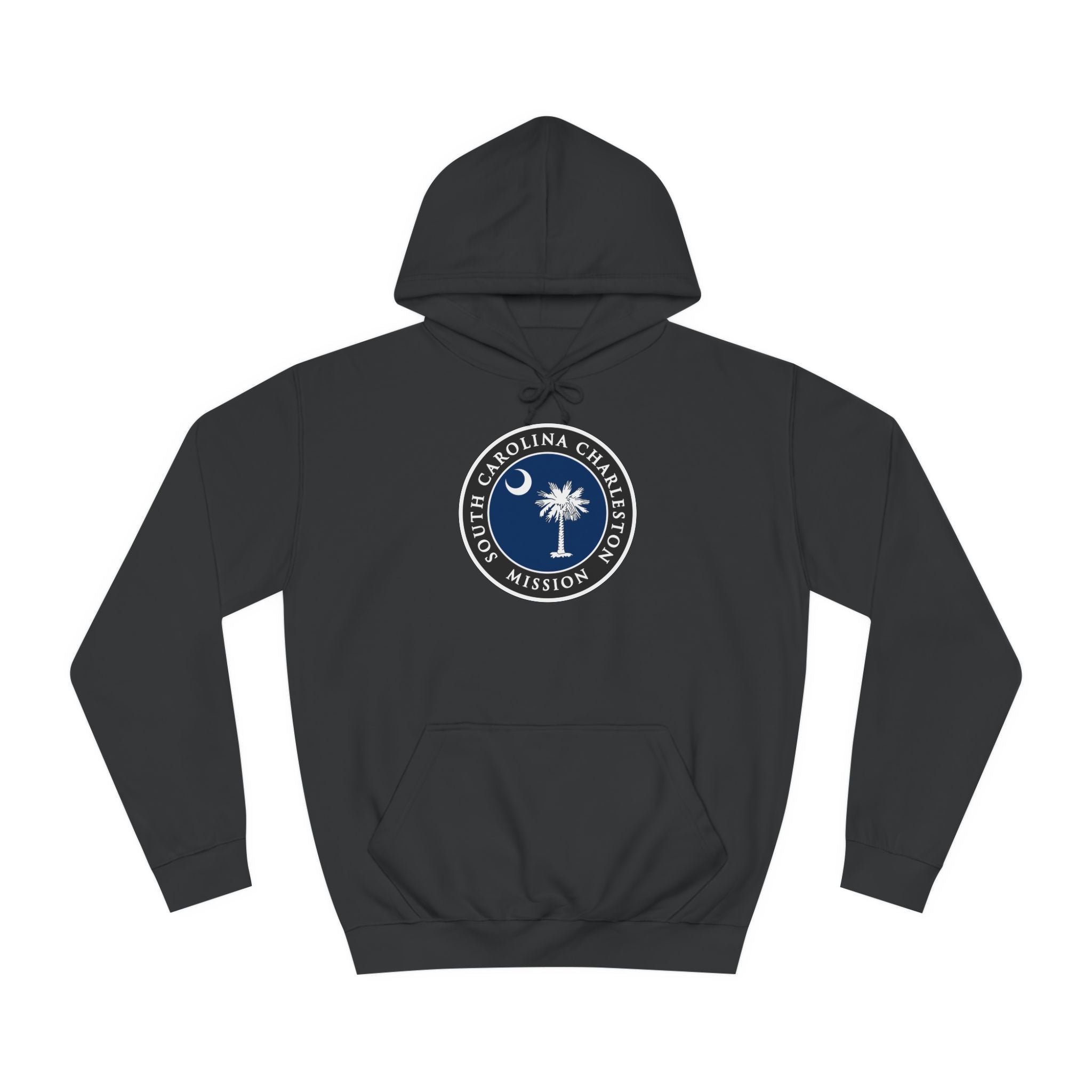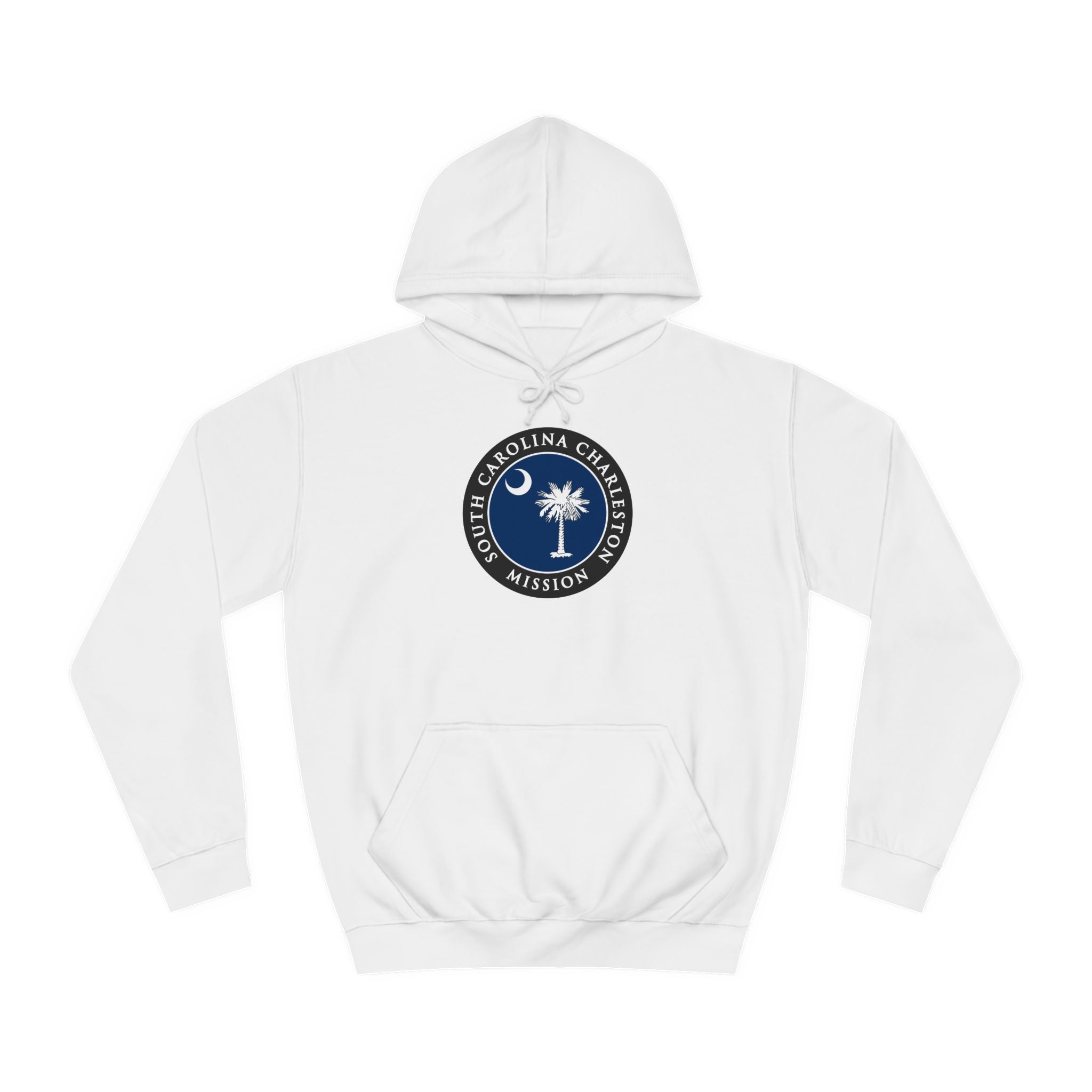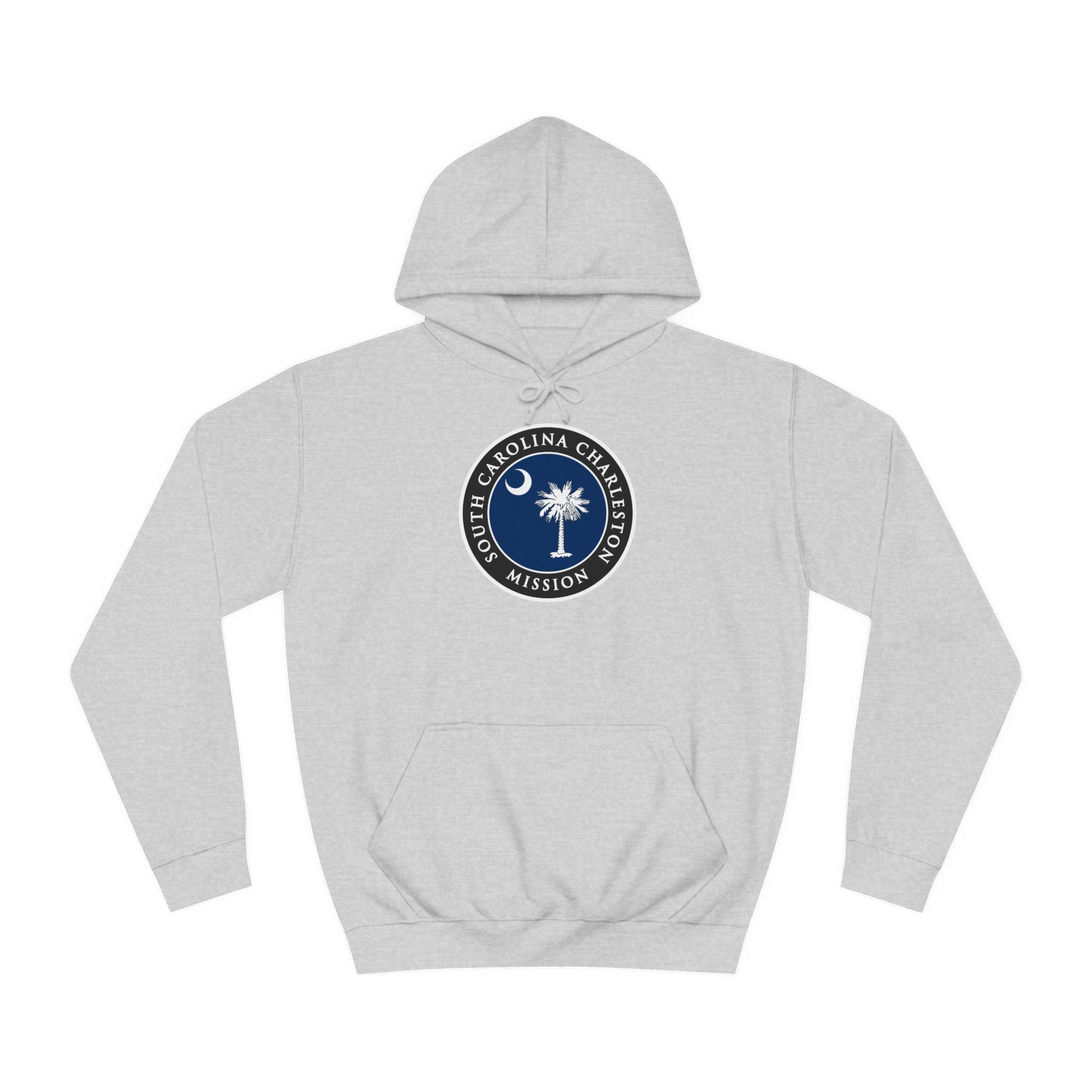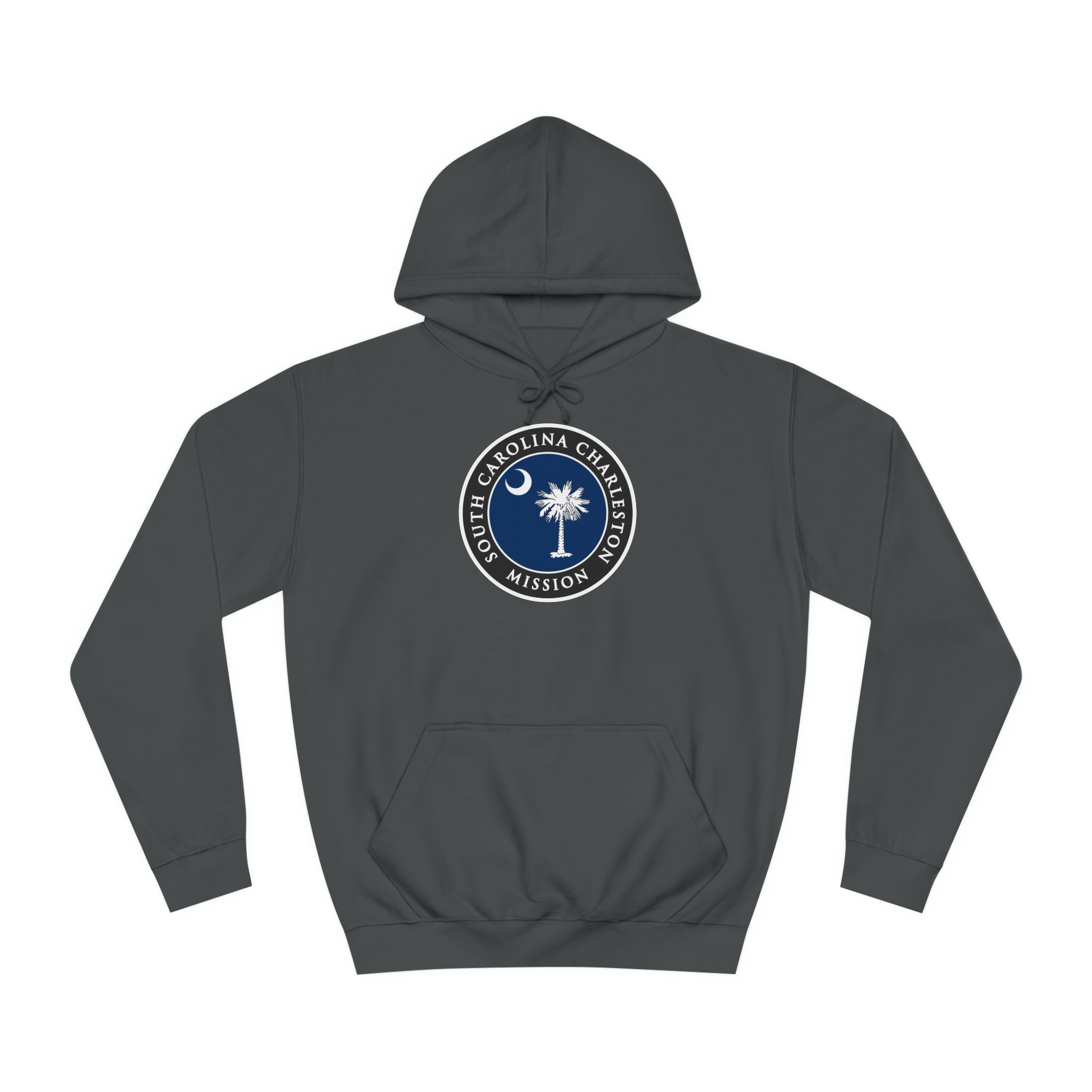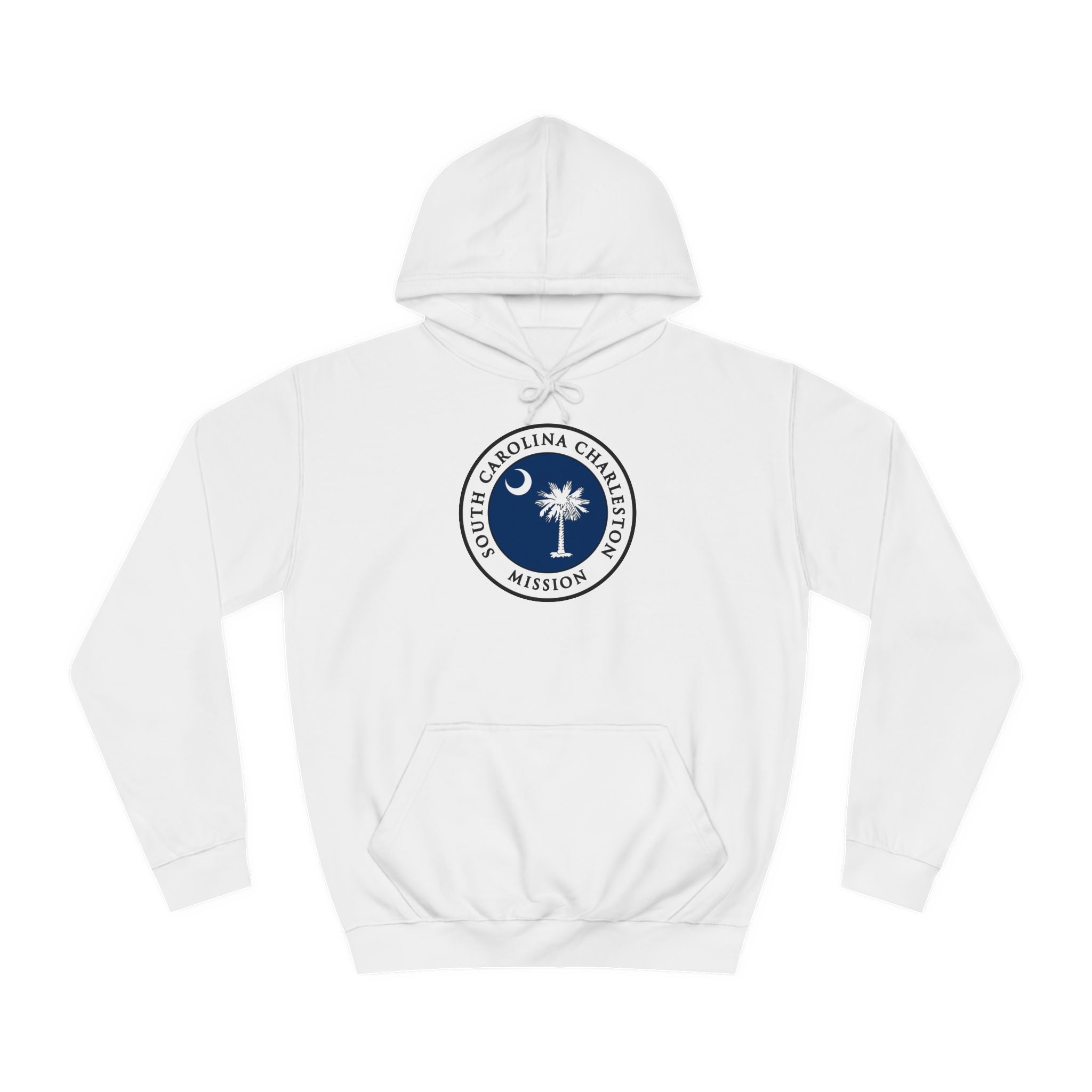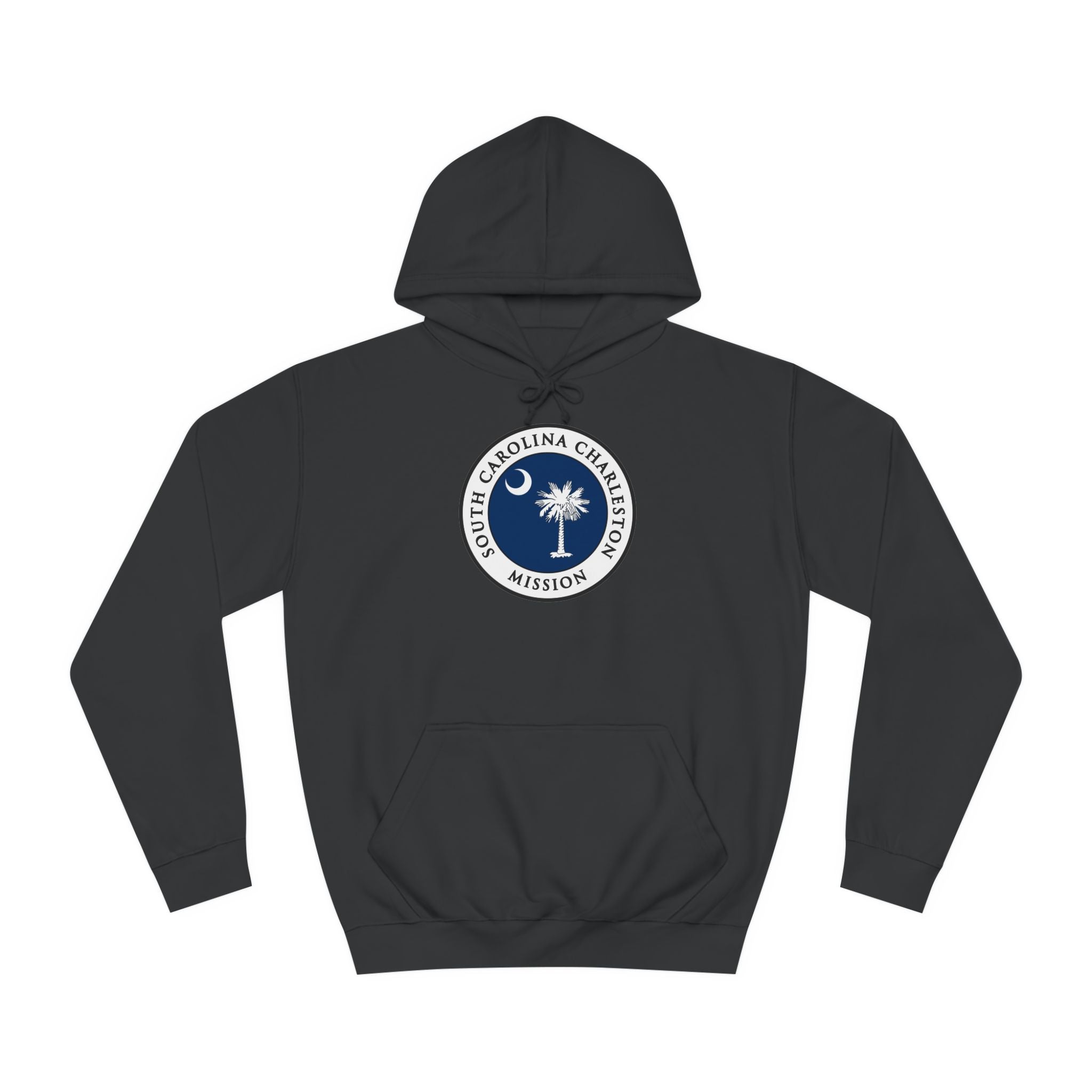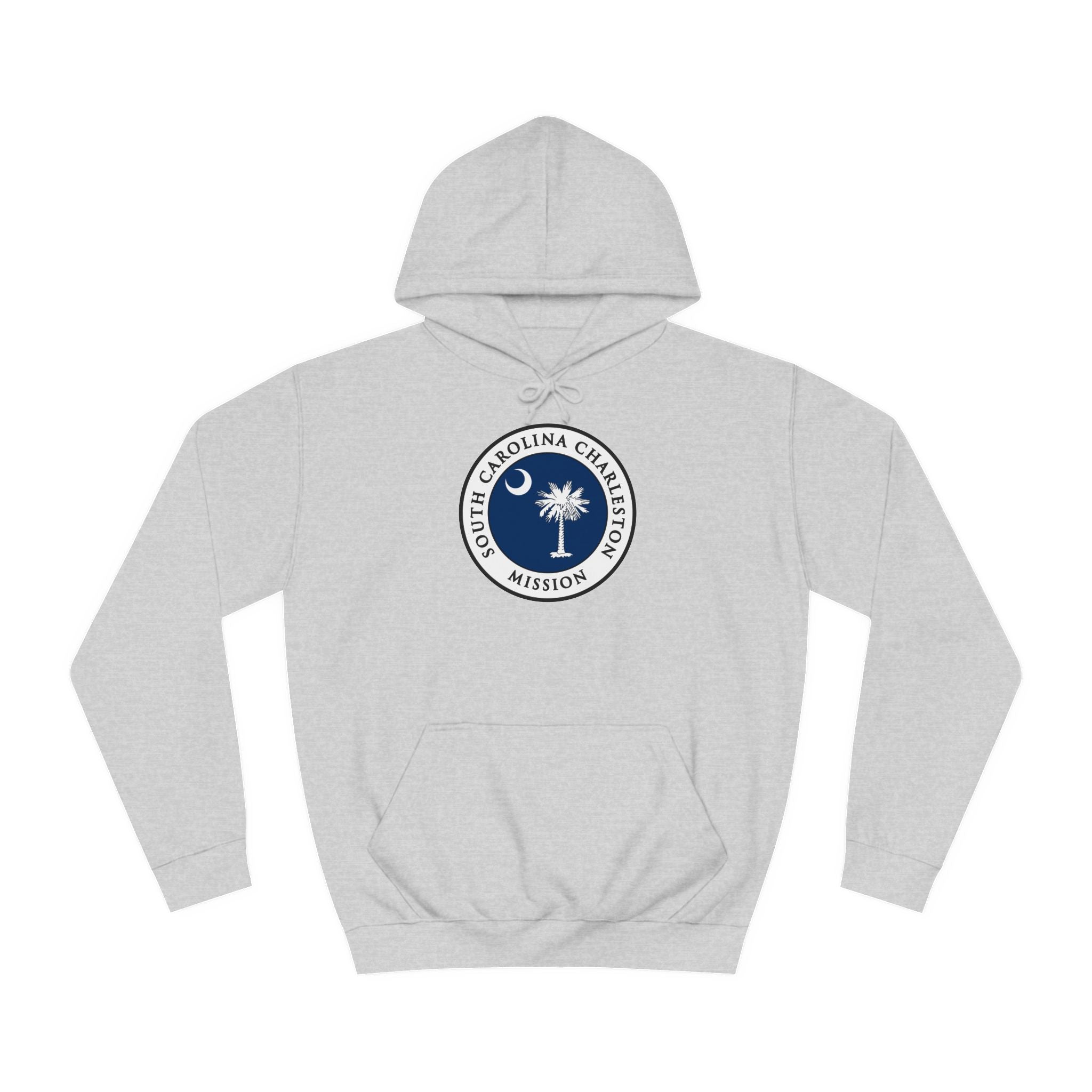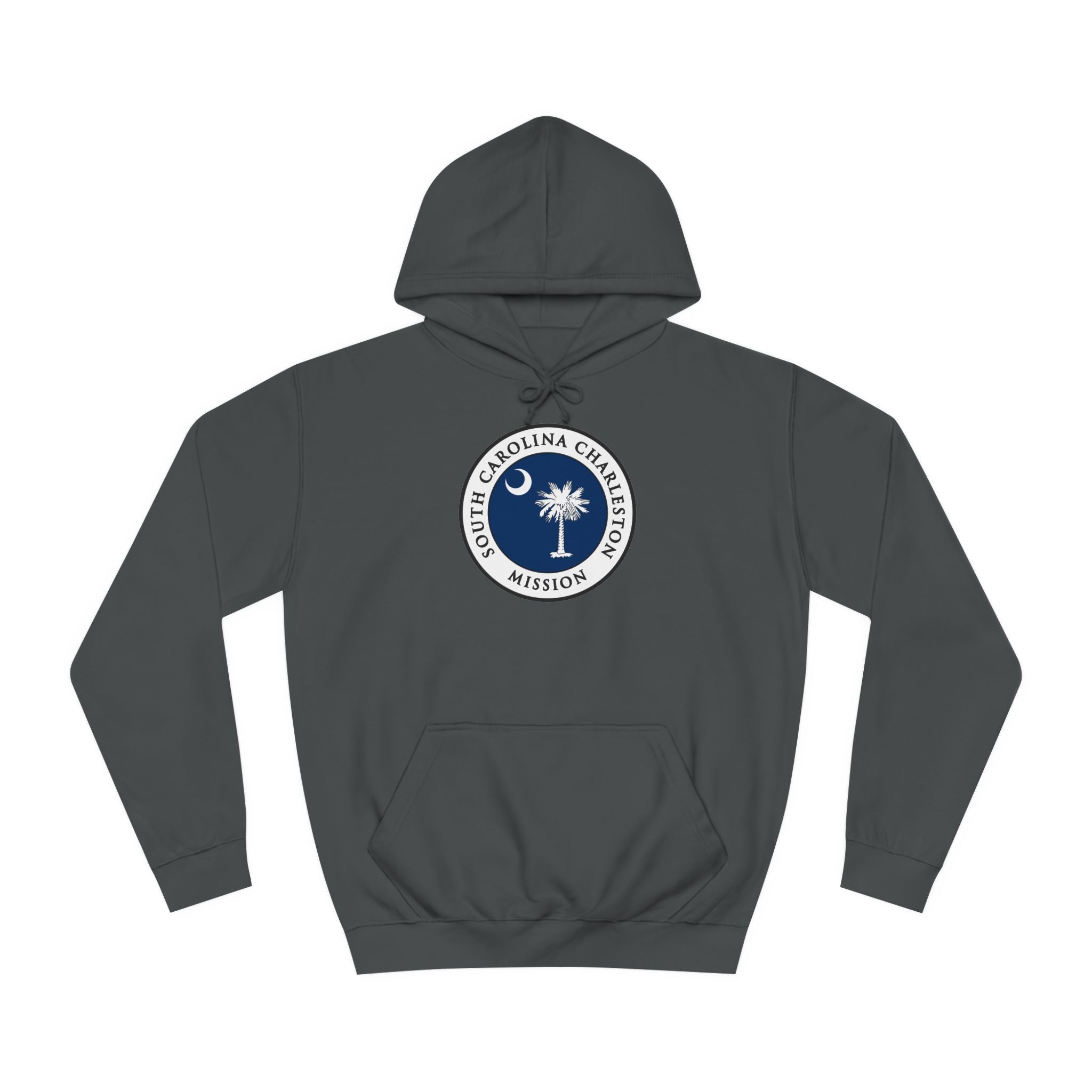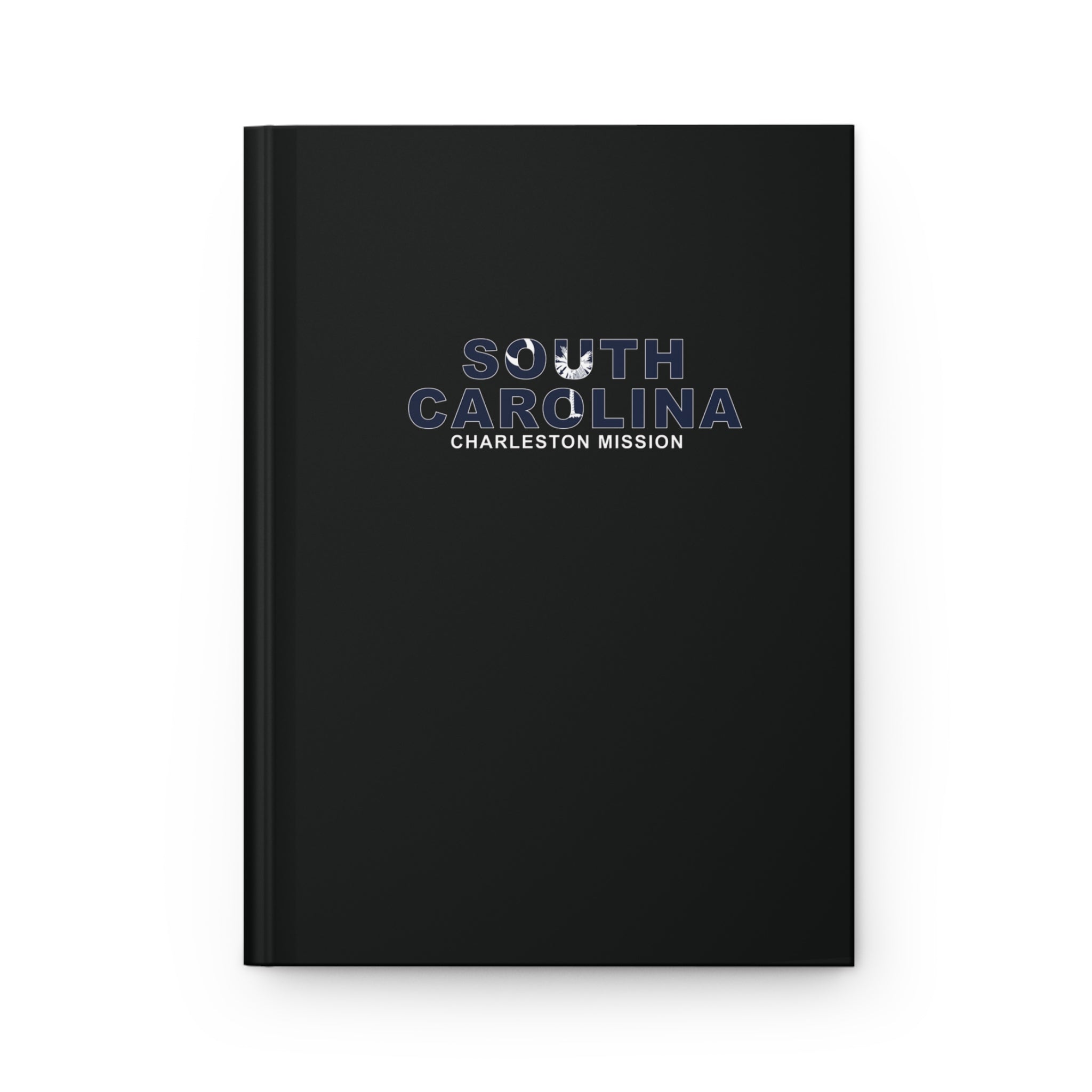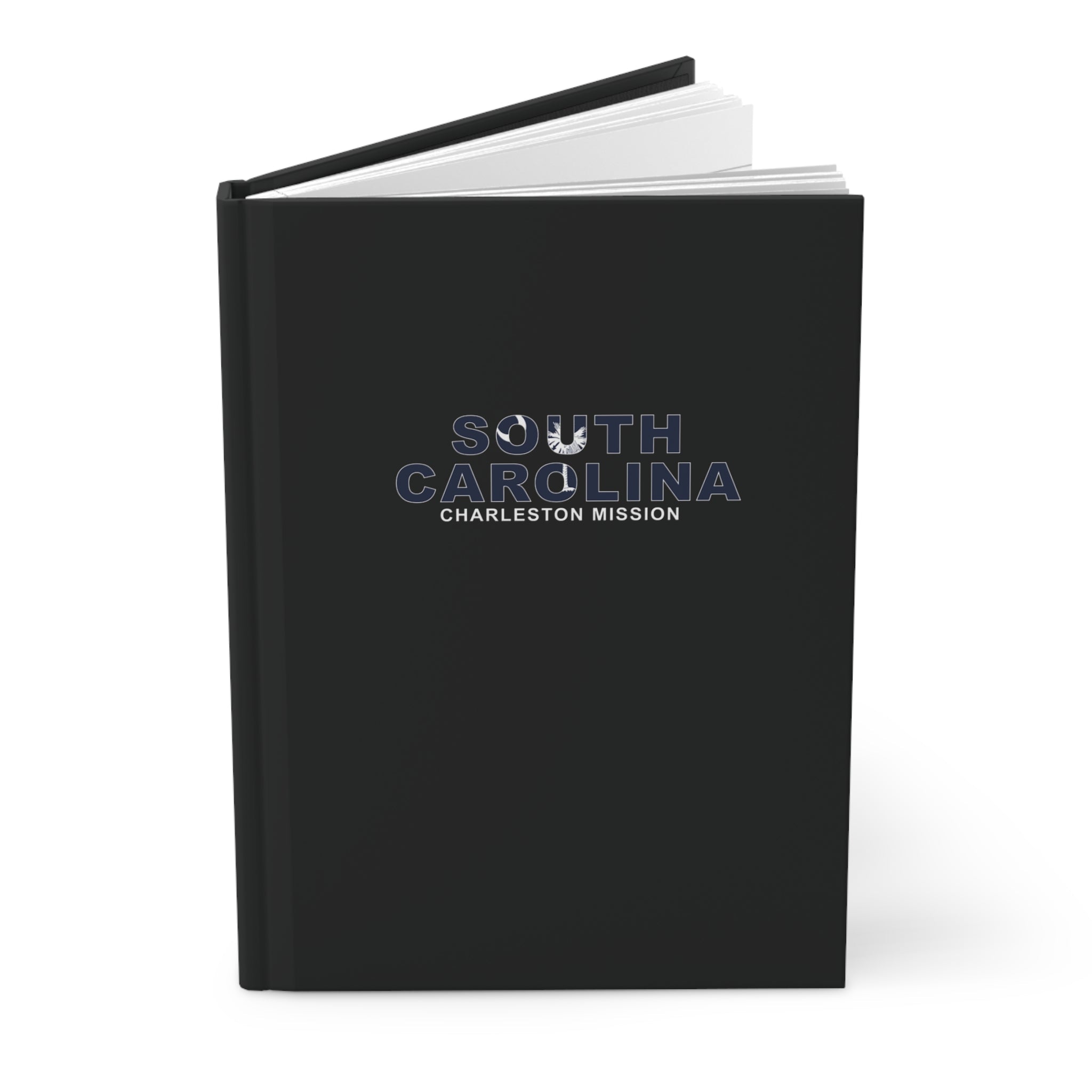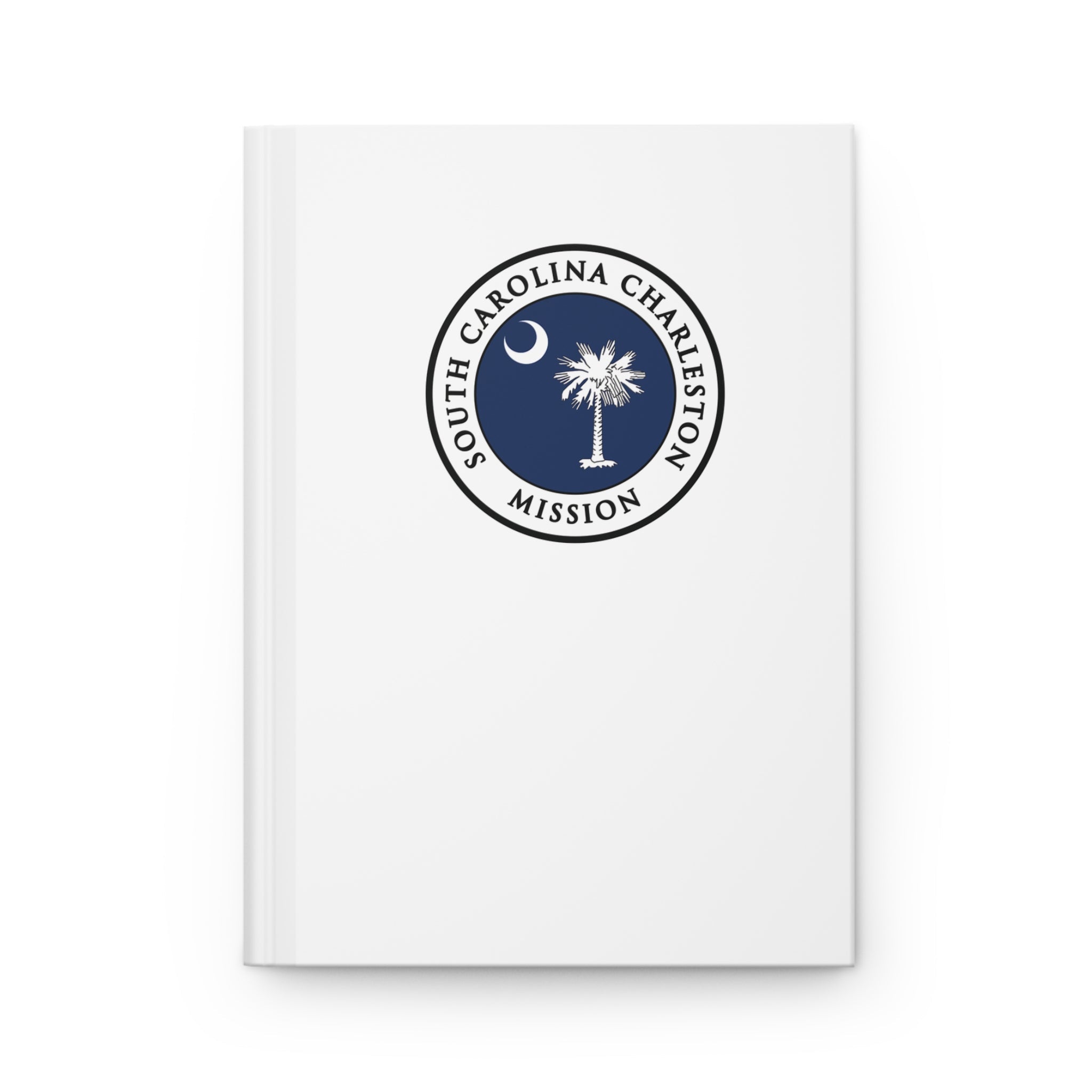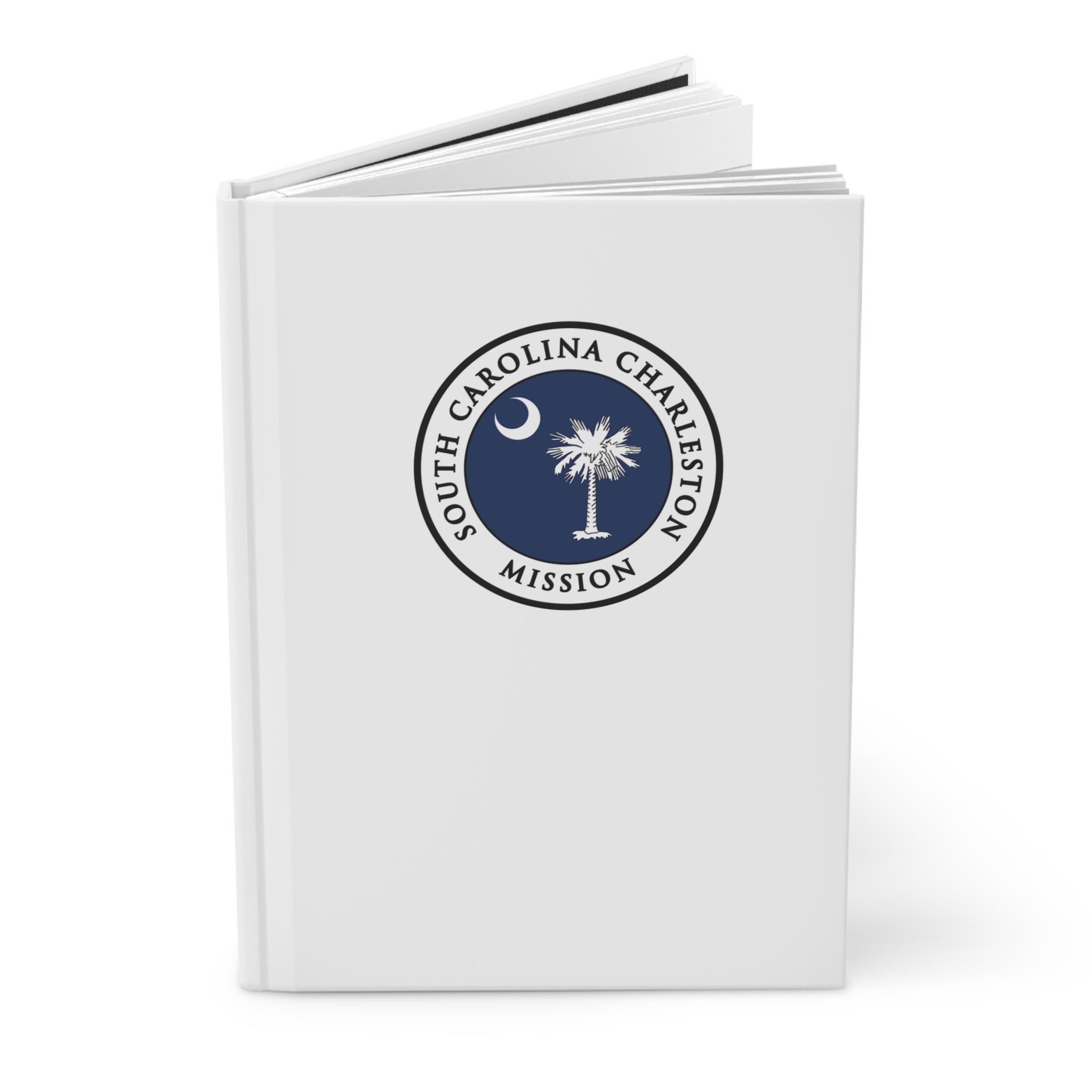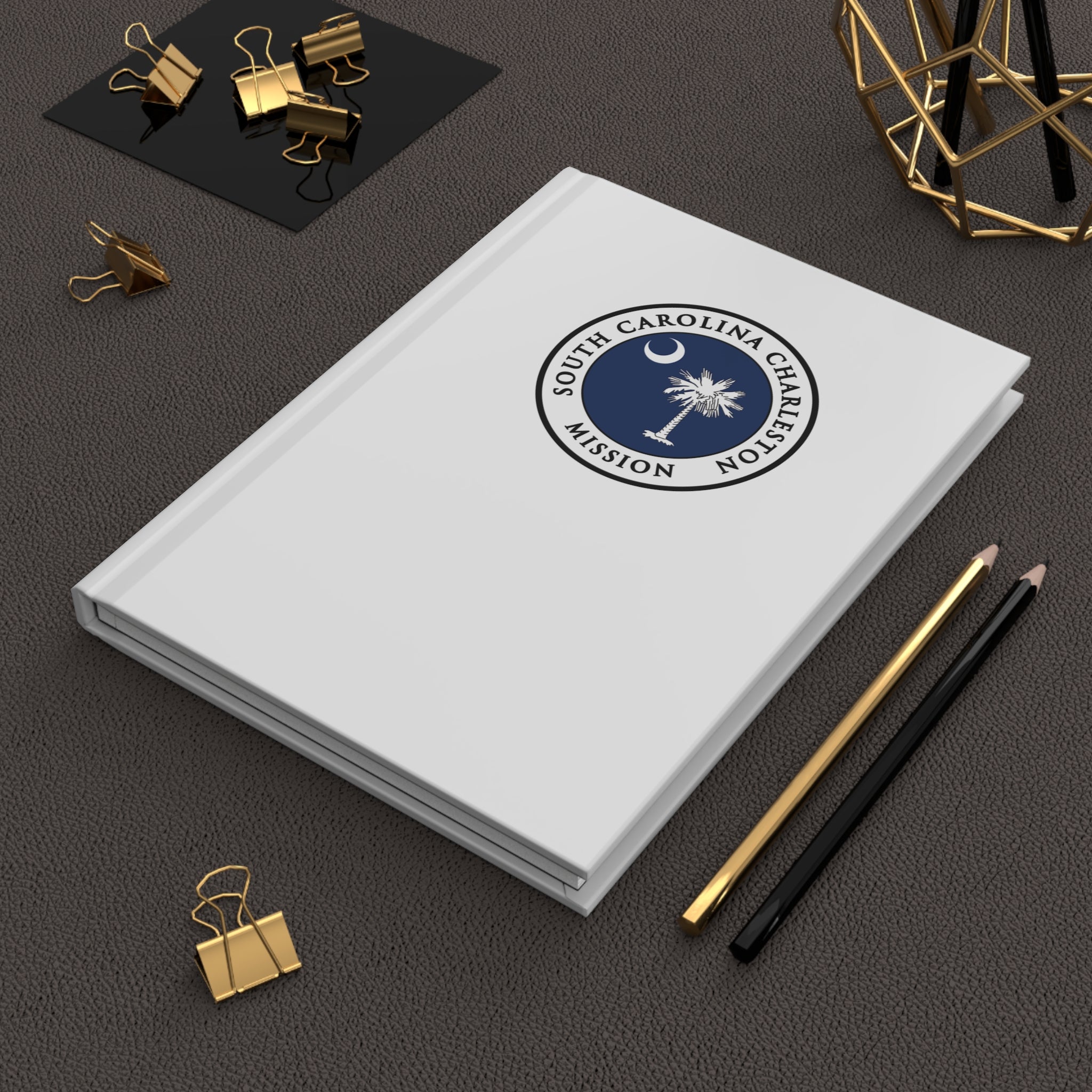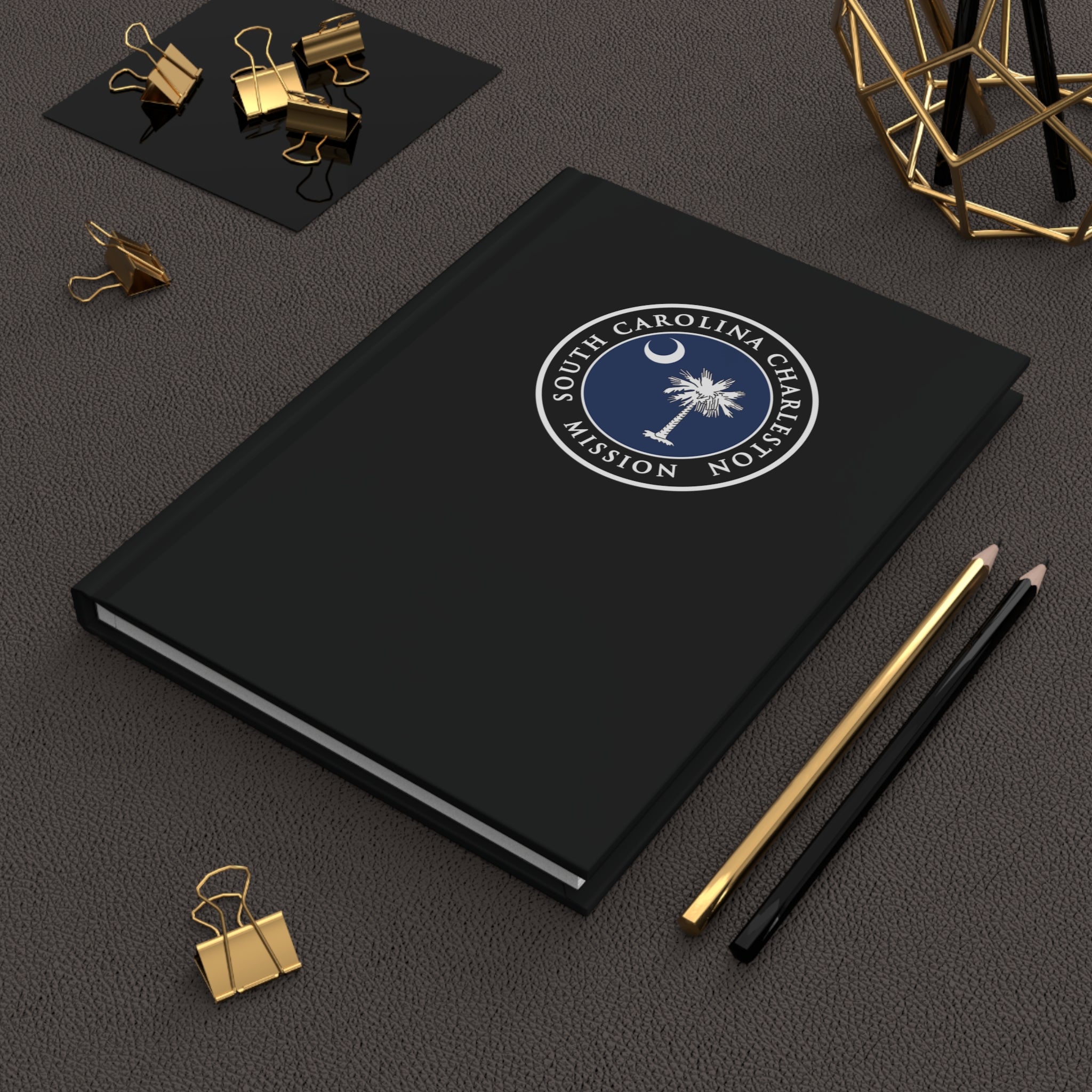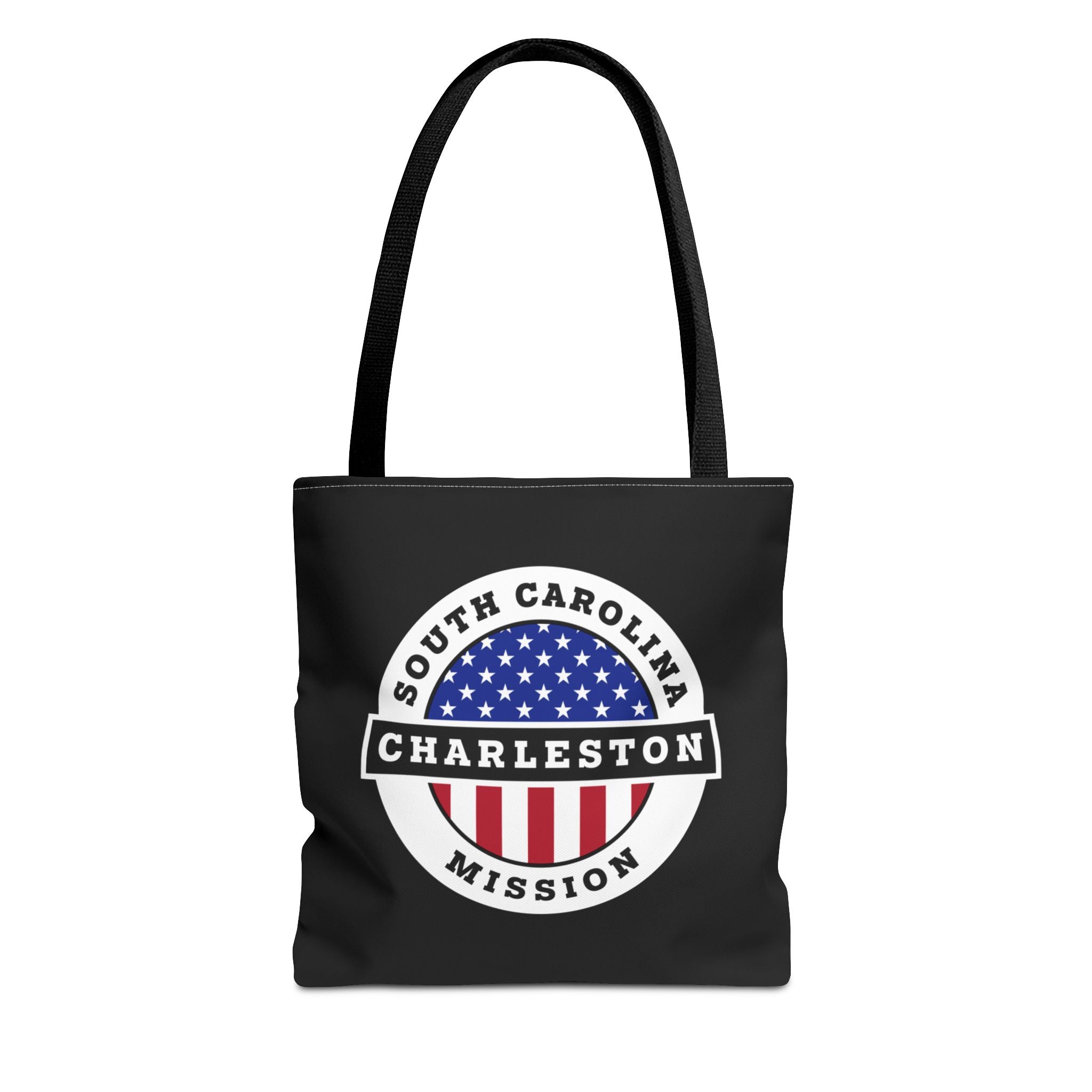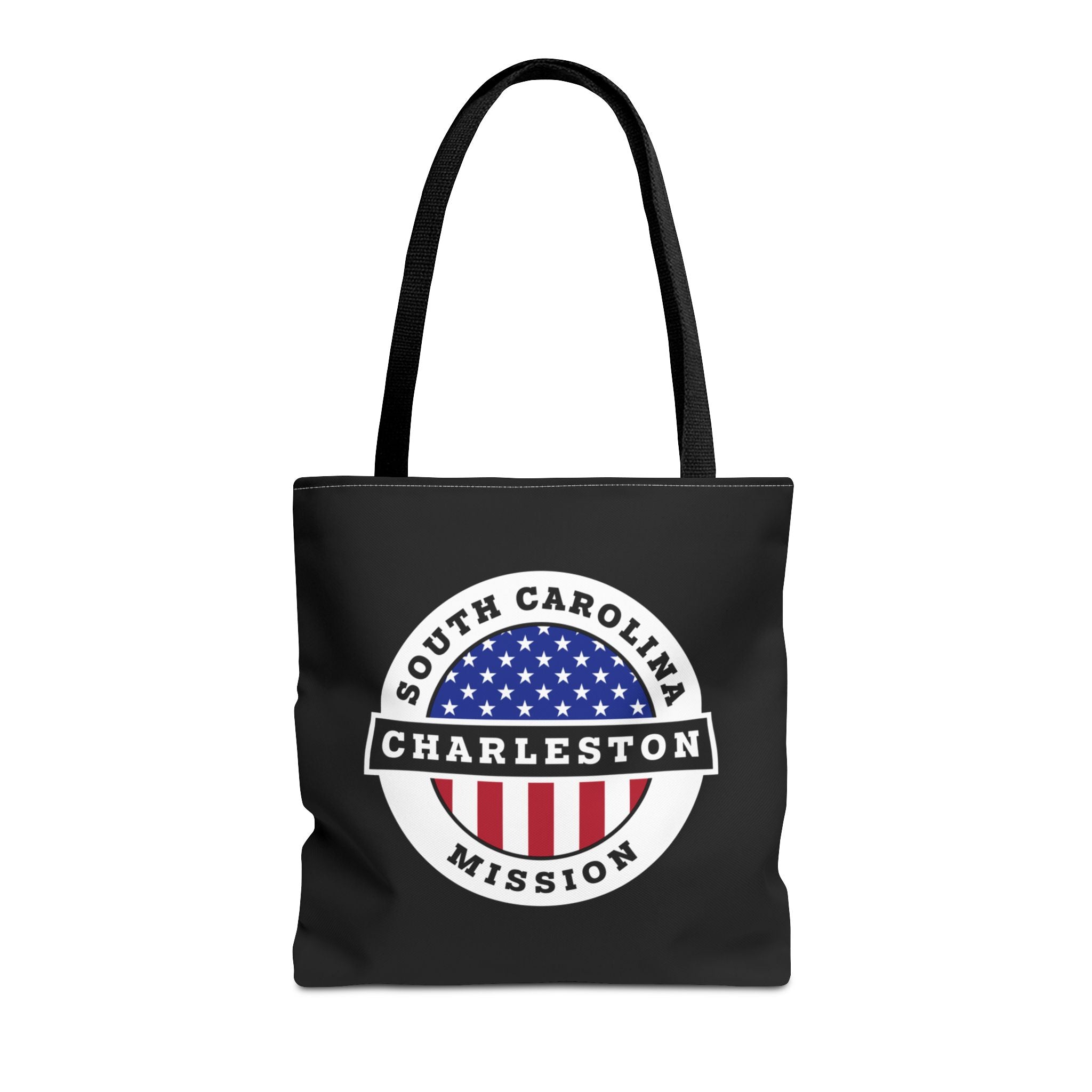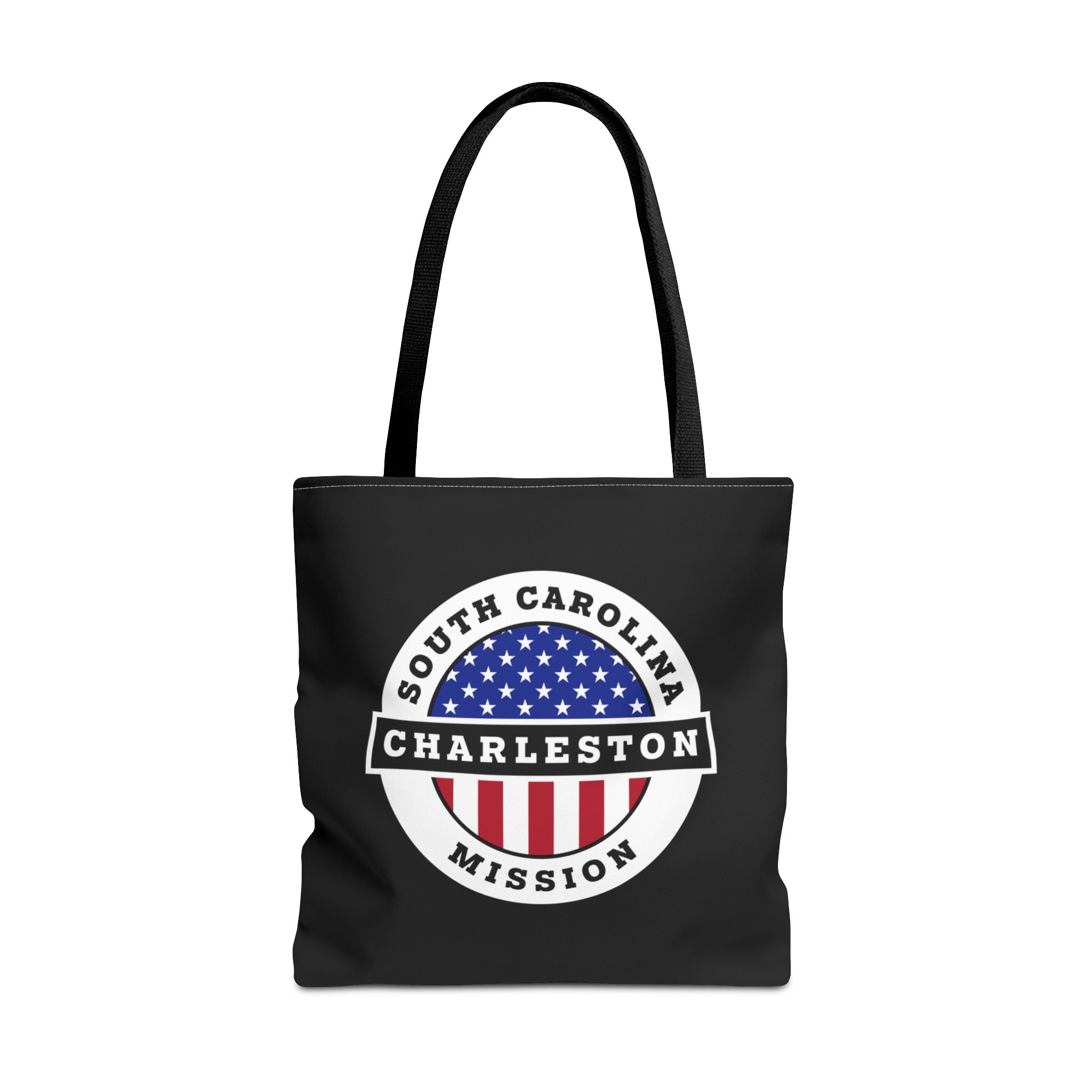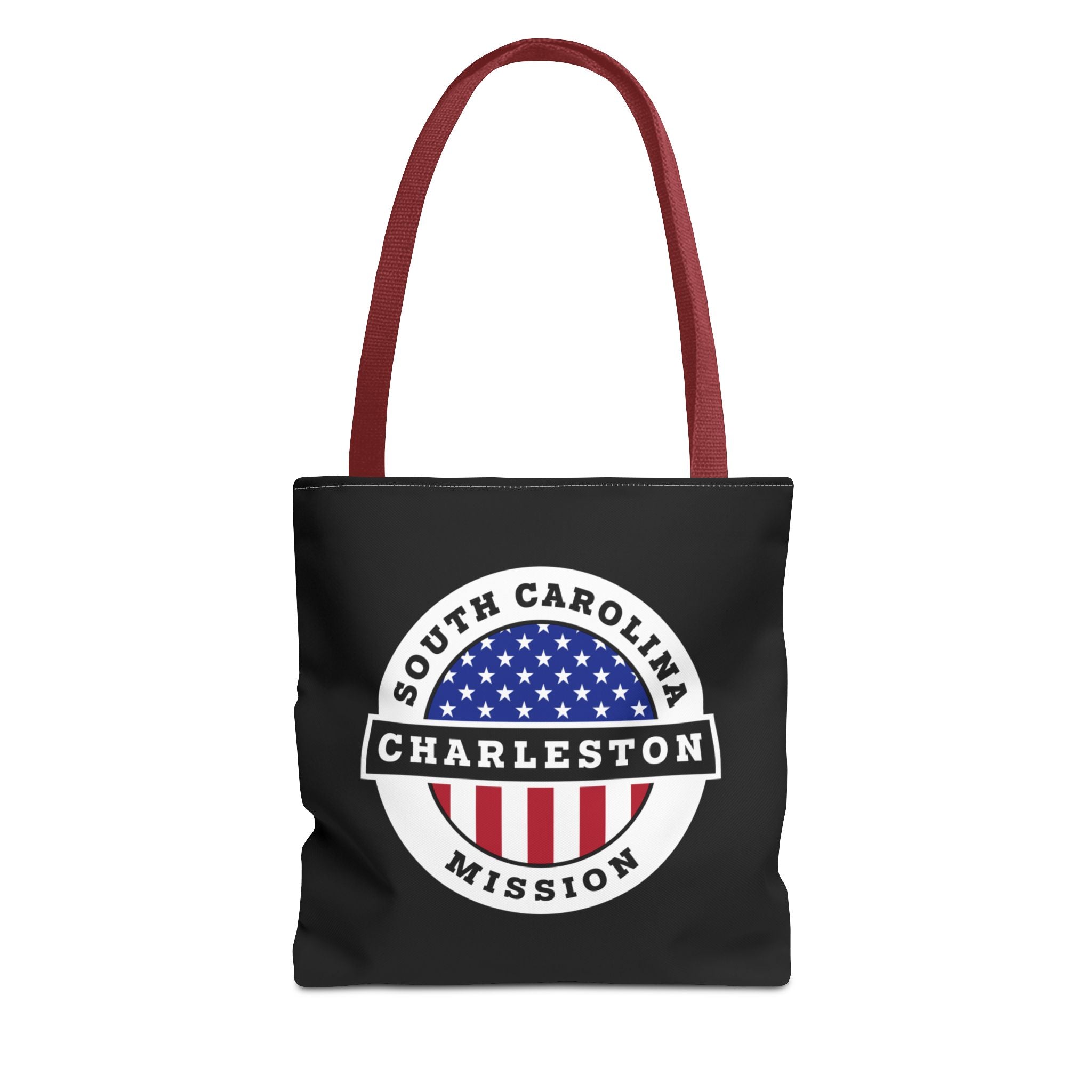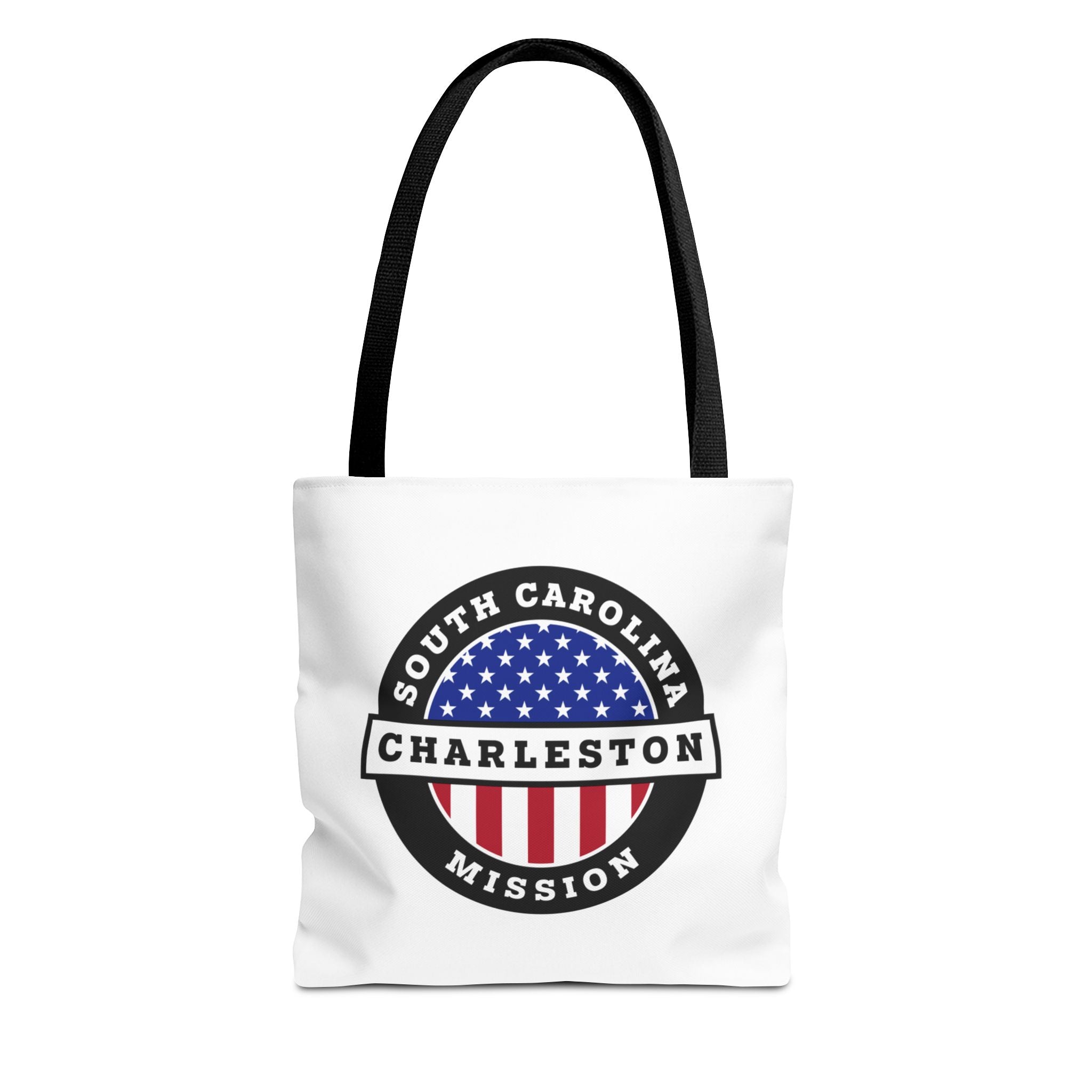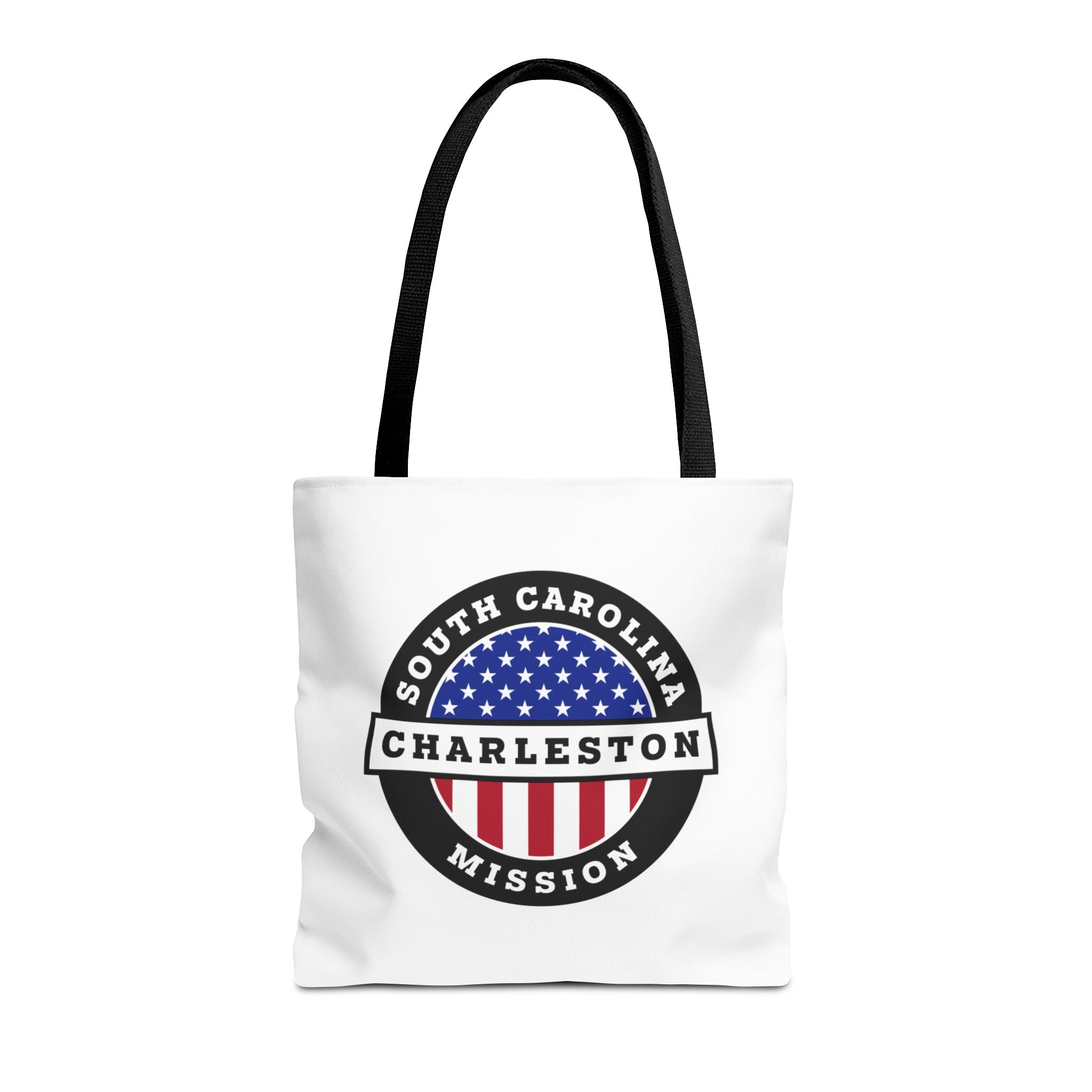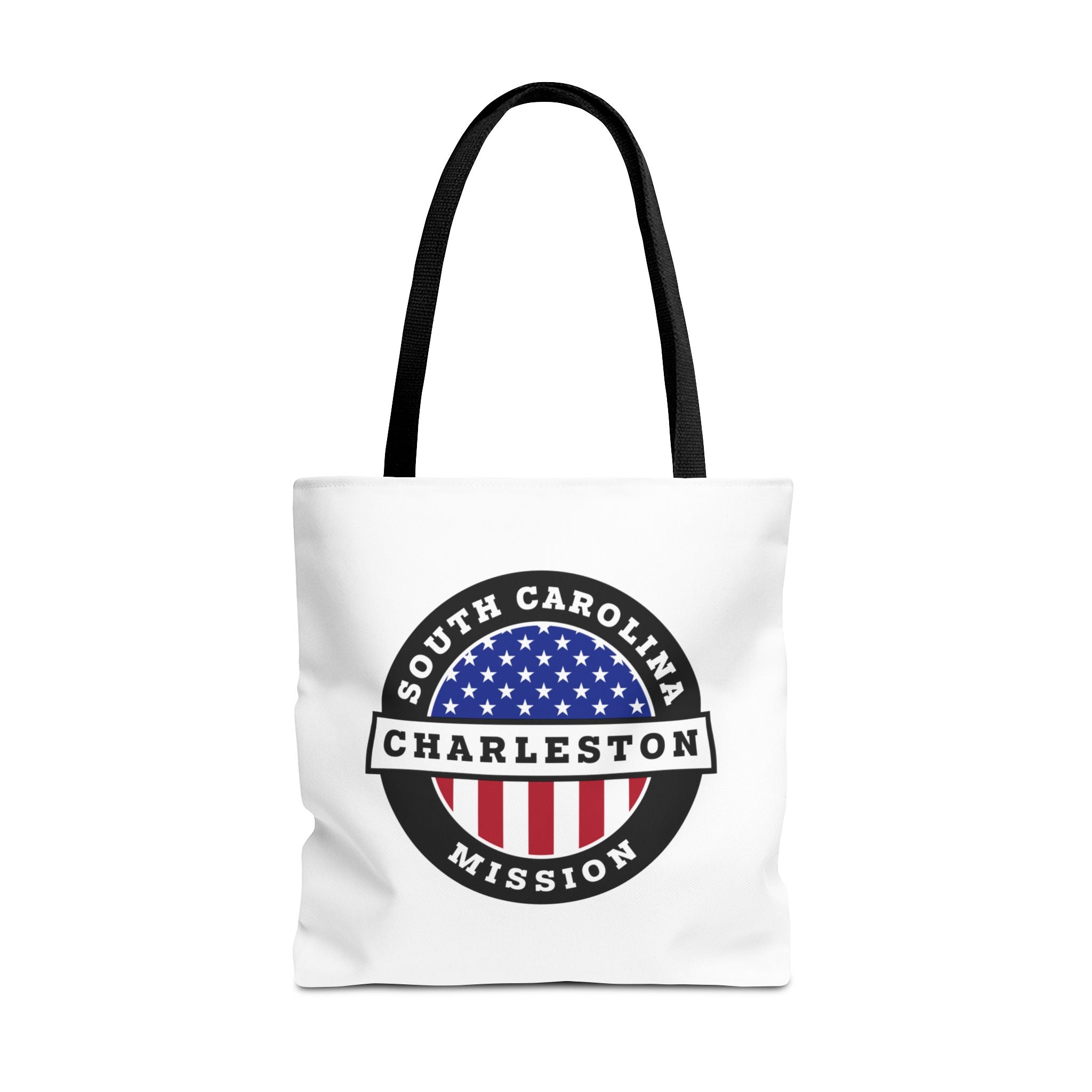Lysander M. Davis, a missionary for The Church of Jesus Christ of Latter-day Saints, arrived in South Carolina in 1839, just nine years after the Church was organized in New York. Expecting to find little or no acquaintance with the Church, Davis was surprised to find several people were prepared for baptism, taught by Emmanual Masters Murphy, a new convert to the Church in the area. Murphy had reportedly spoken with Church President Joseph Smith in the late 1830s, and was told to warn South Carolinians of the destruction soon to hit their state, "the wars that will shortly come to pass, beginning at the rebellion of South Carolina, which will eventually terminate in the death and misery of many souls . . . the Southern states will call on other nations, even the nation of Great Britain. . . ." This warning saw reality in 1861, when the Confederates attacked Fort Sumter, and the Civil War commenced.
With the united efforts of Murphy and Davis, Church membership grew, but at the same time, so did opposition. Members were persecuted for their beliefs, and Davis was briefly jailed. In 1897, mobs burned one of South Carolina's first Latter-day Saint meetinghouses in Centerville. It was rebuilt and burned again in 1899. Since then, the Church has enjoyed happier times and wide acceptance. Community support was evidenced in the 1990s when Church and community members worked together to provide relief after storms ripped through the South.
A temple in Columbia was dedicated on 16 October 1999.

